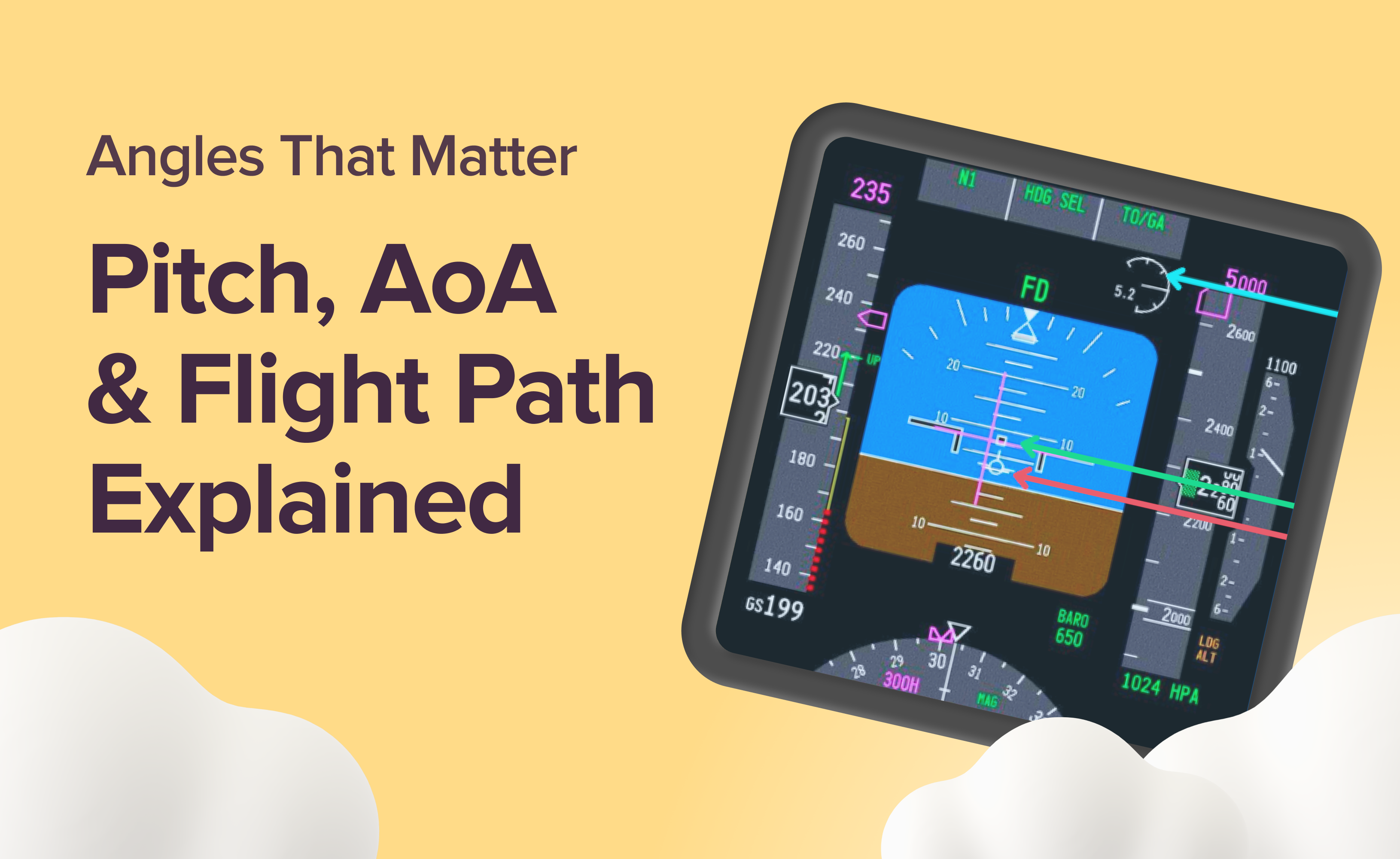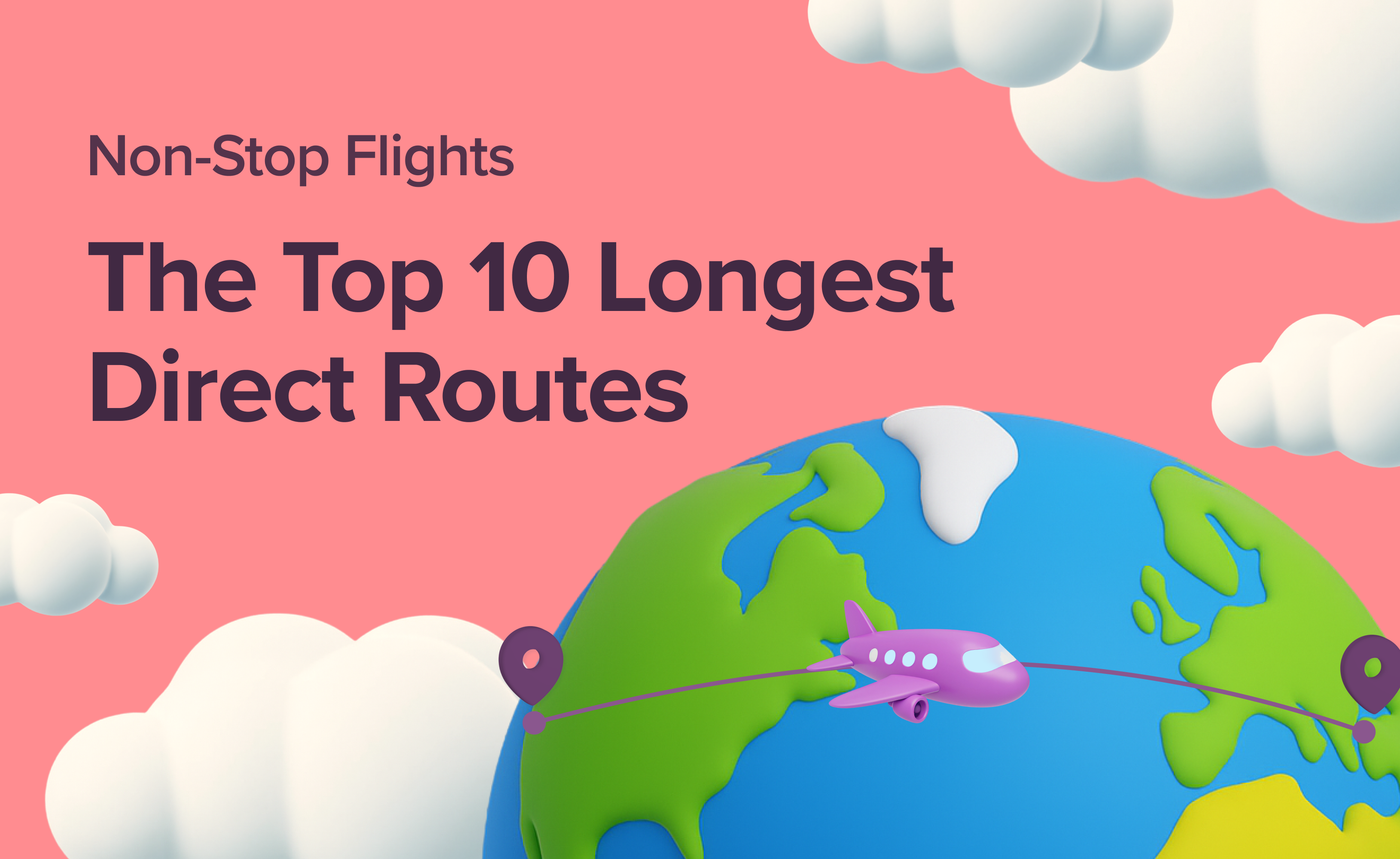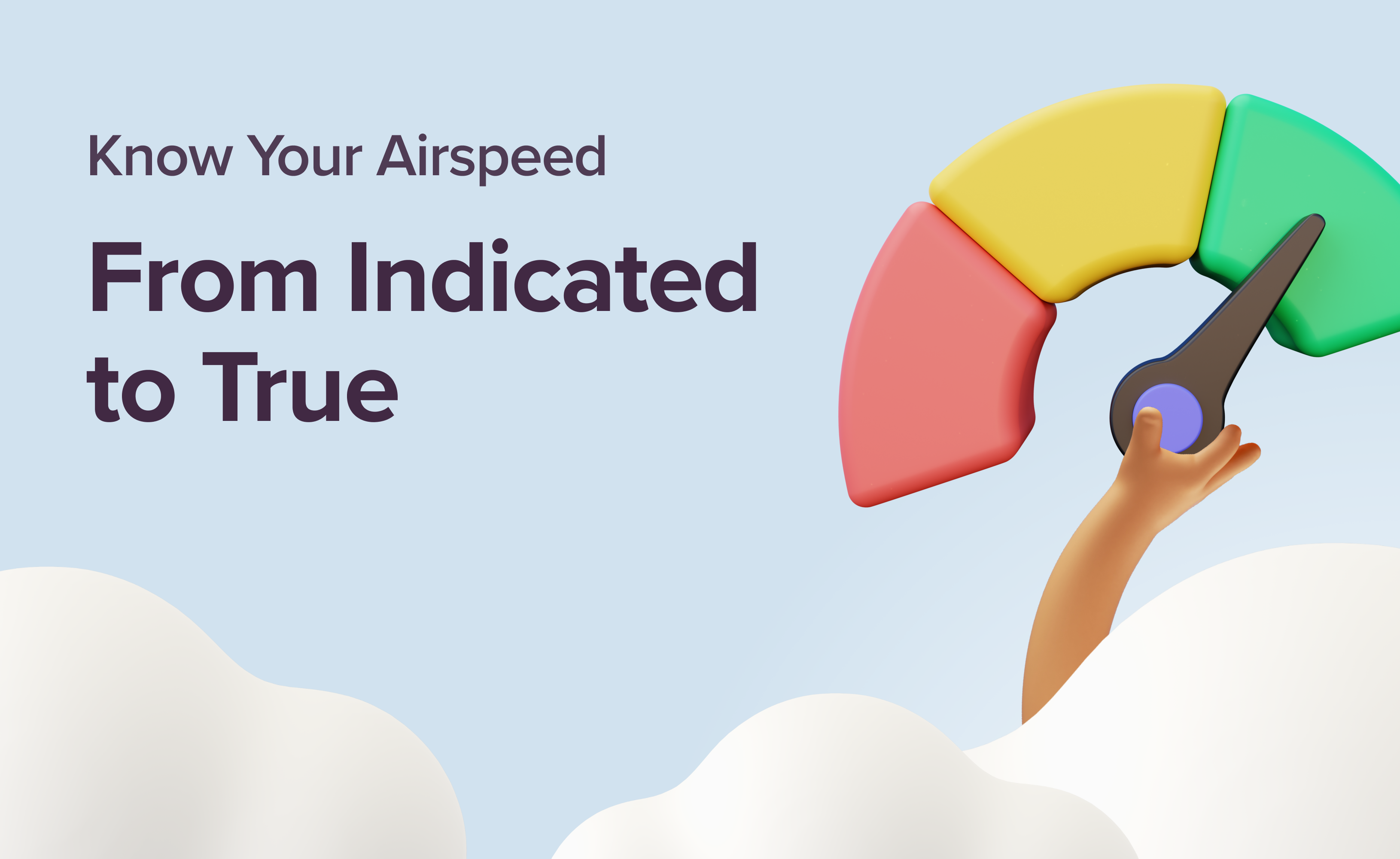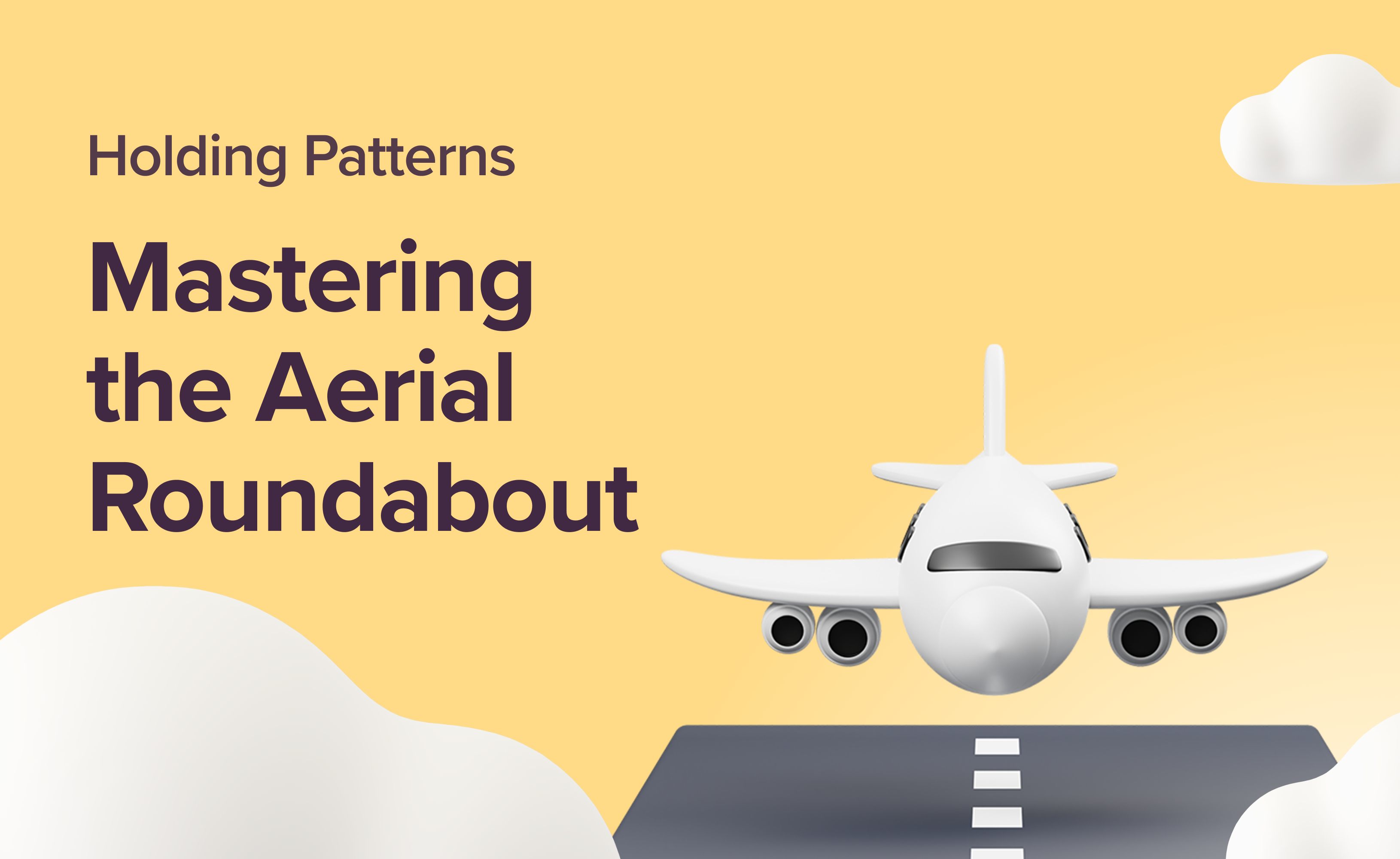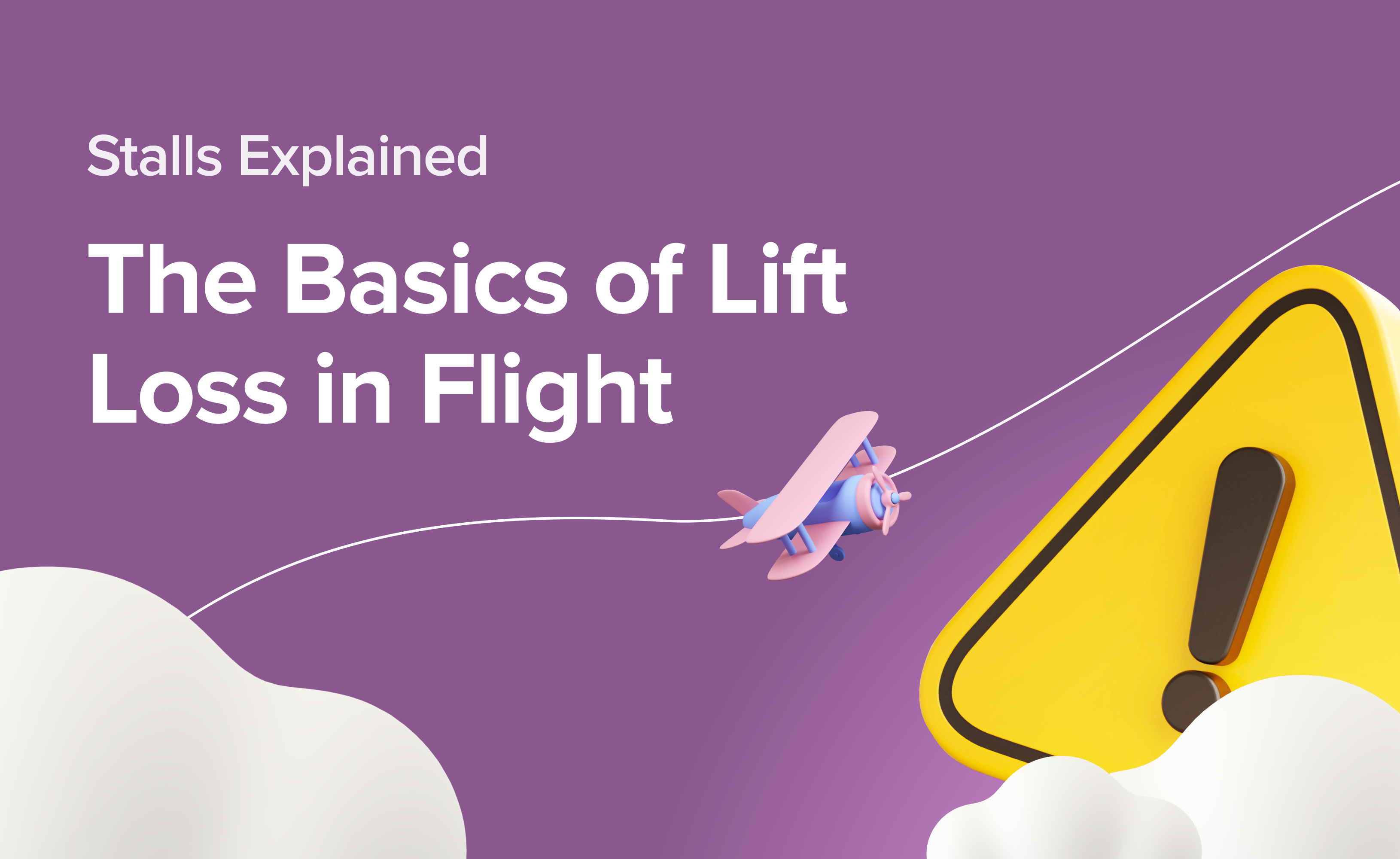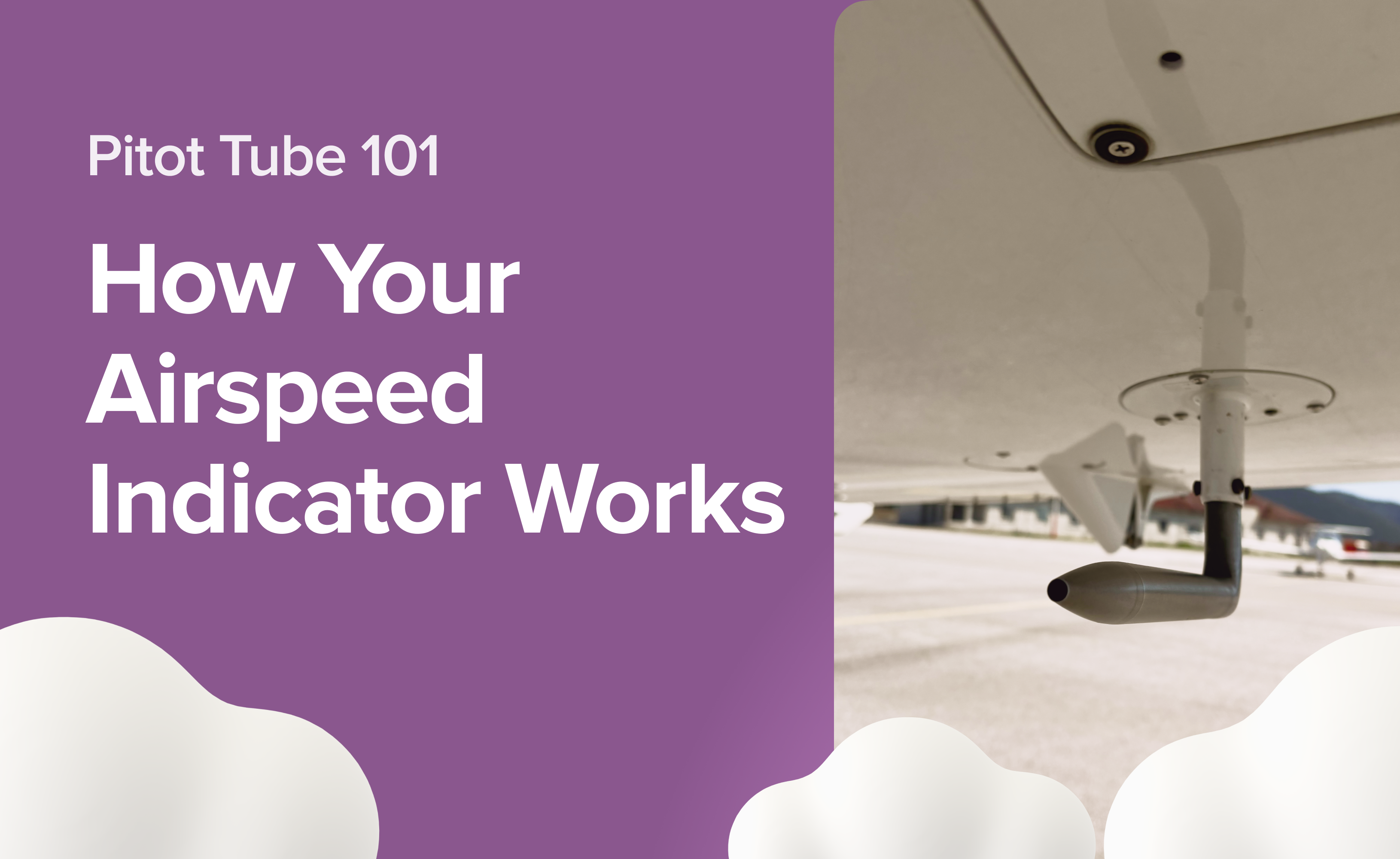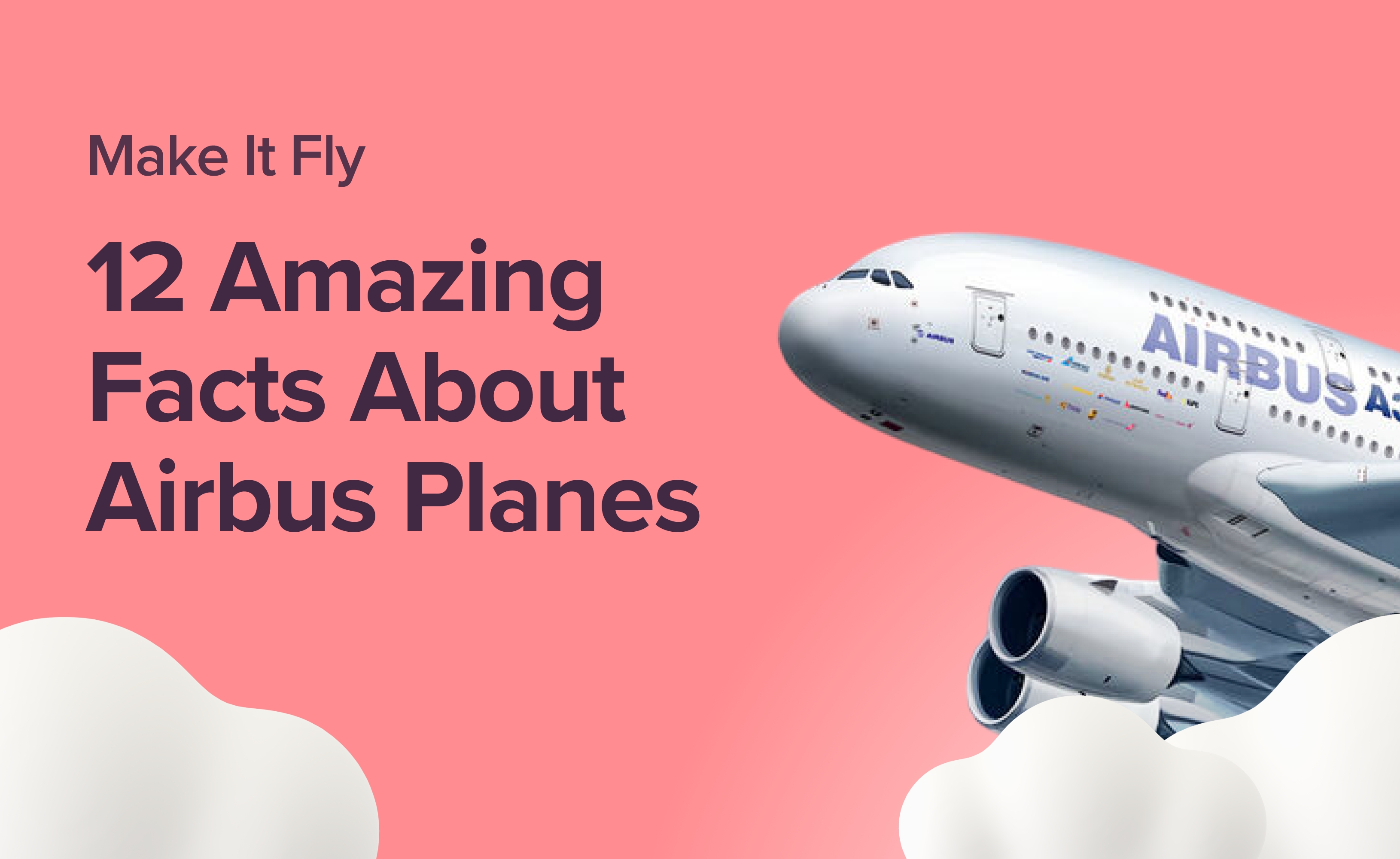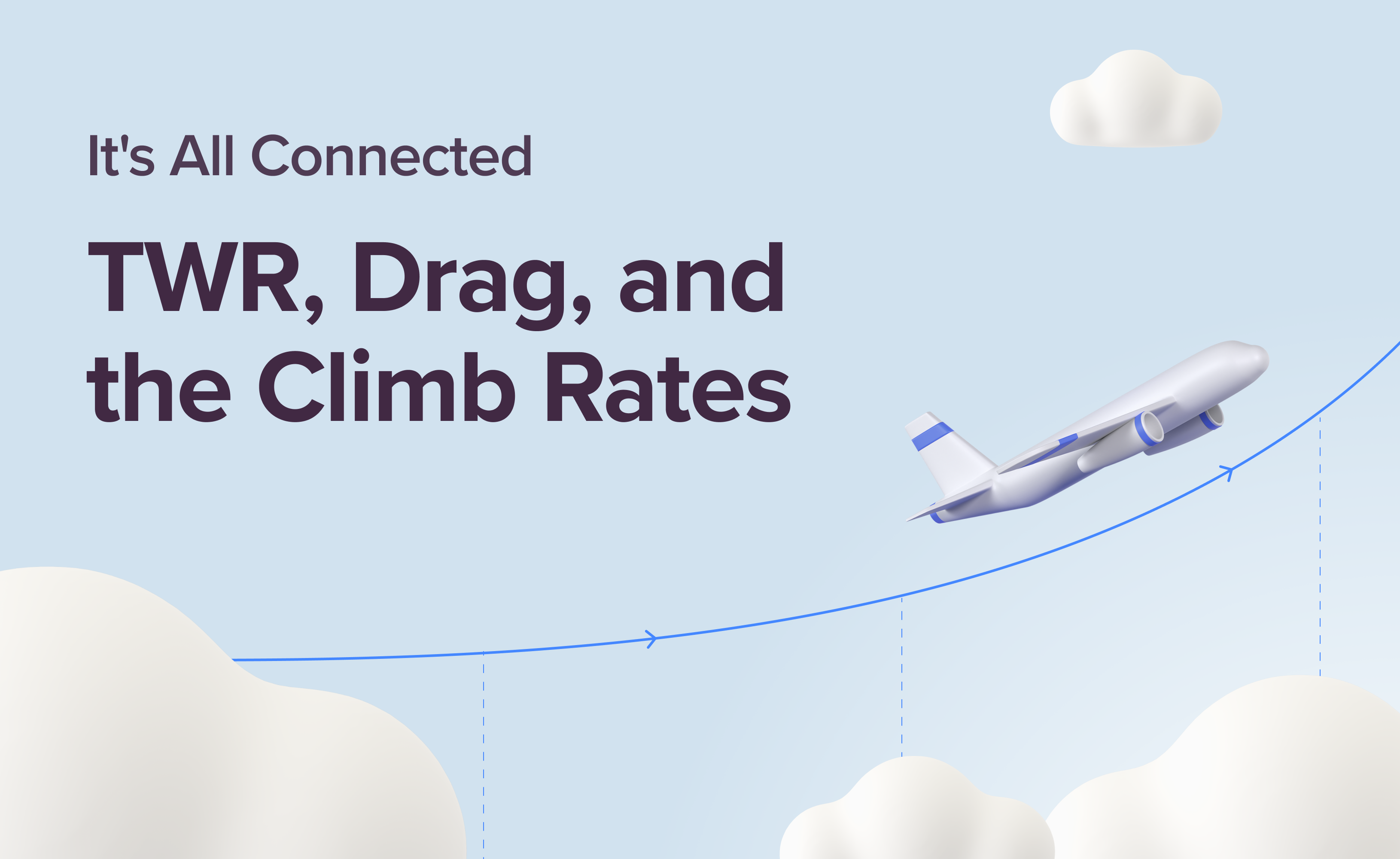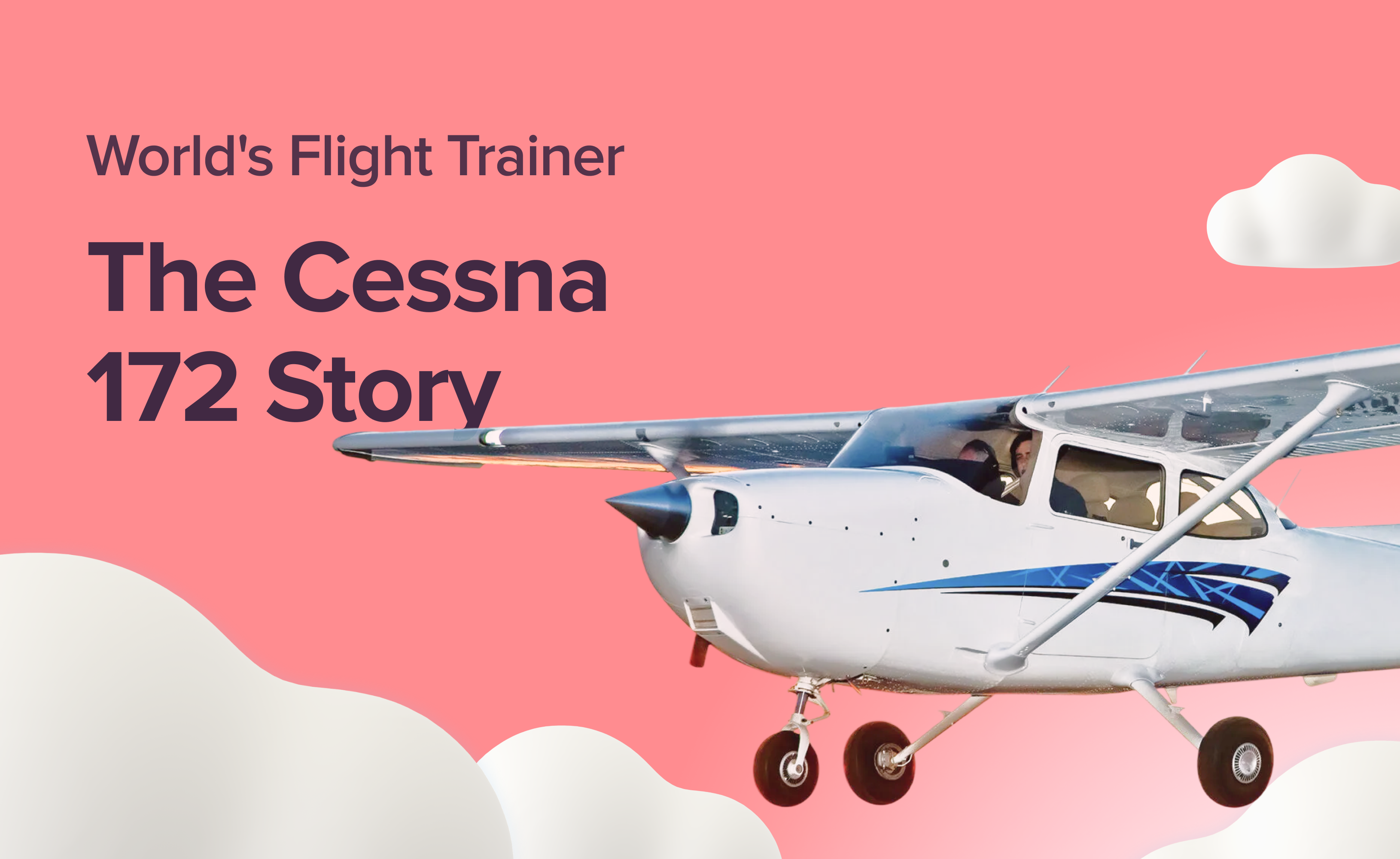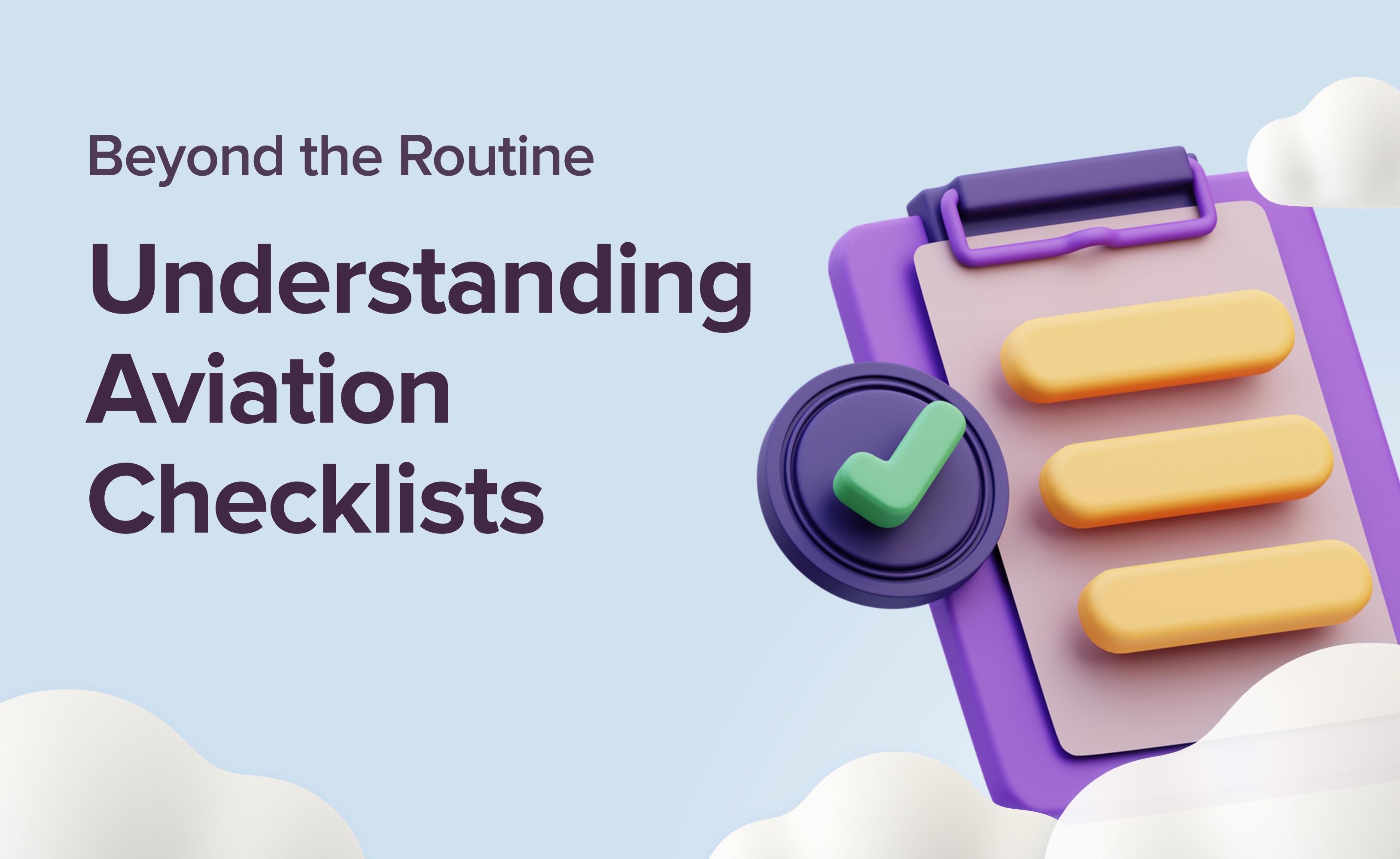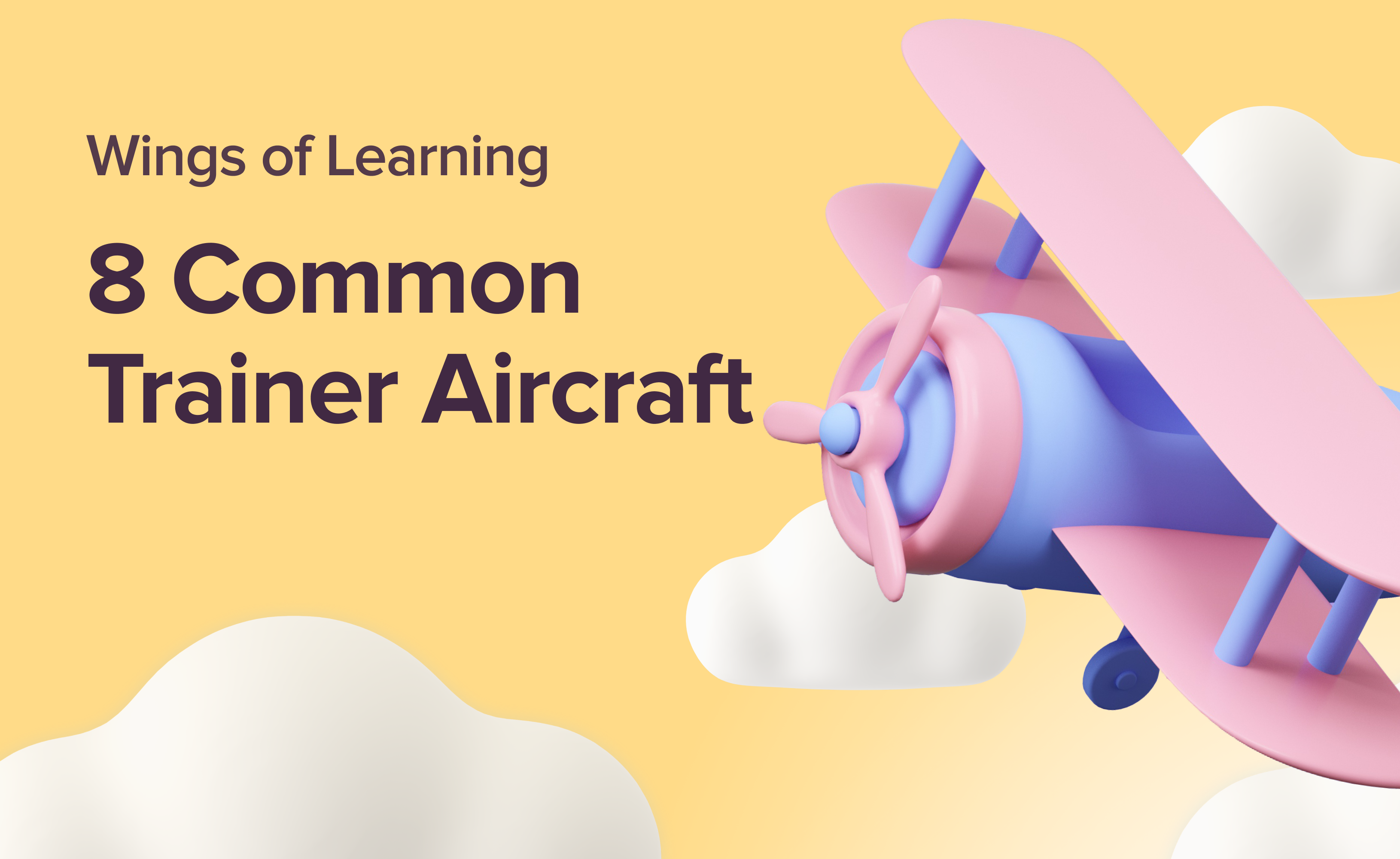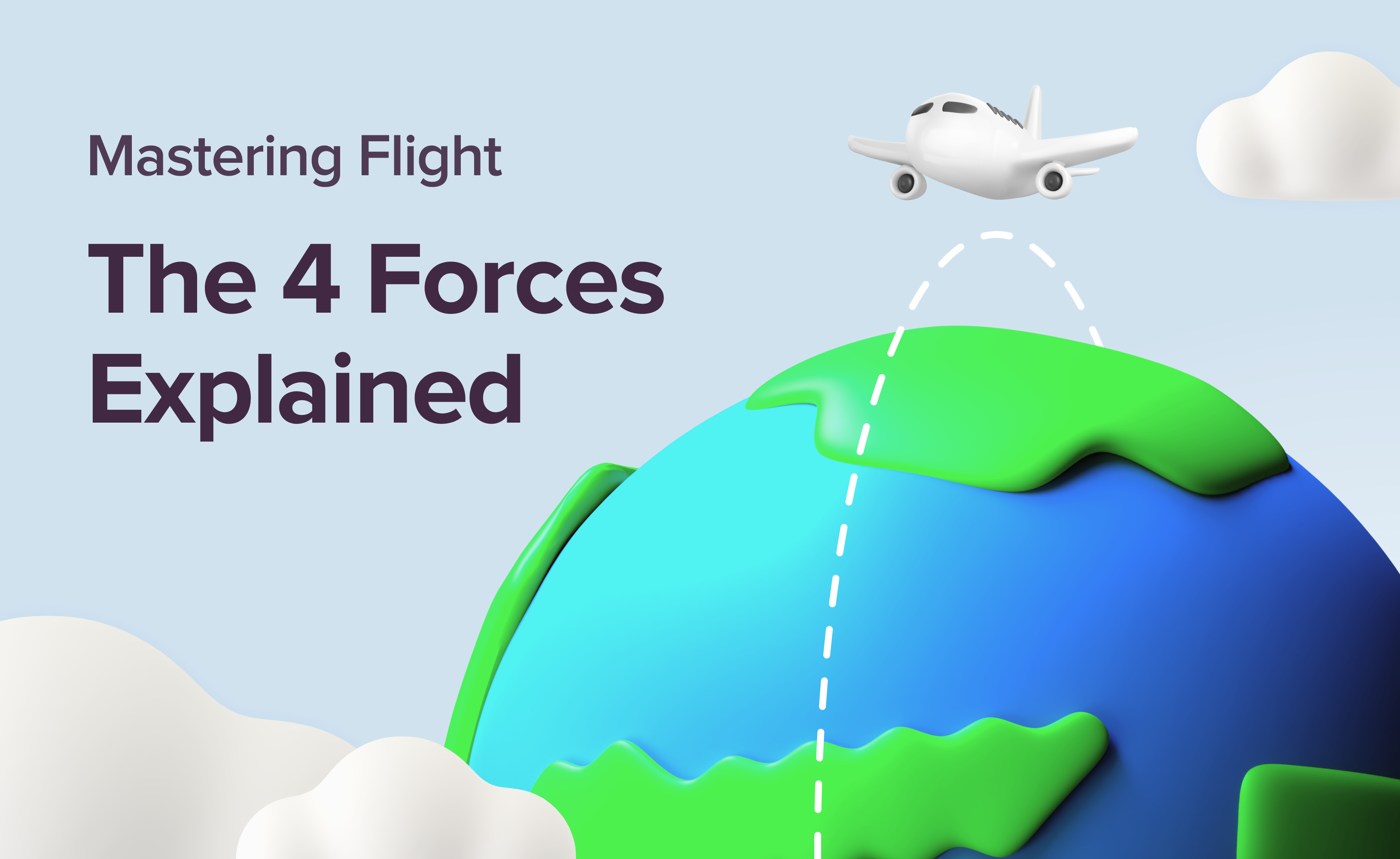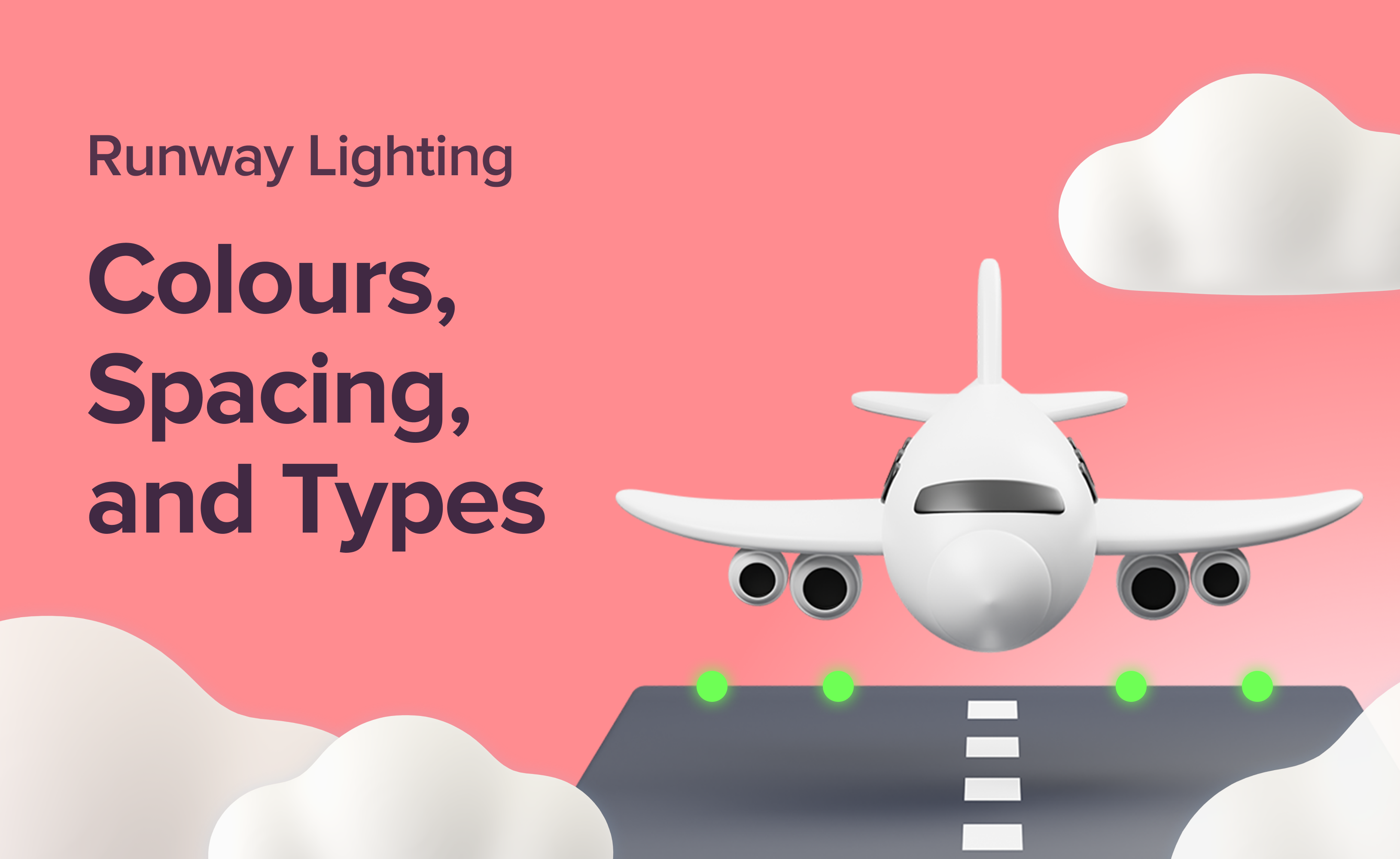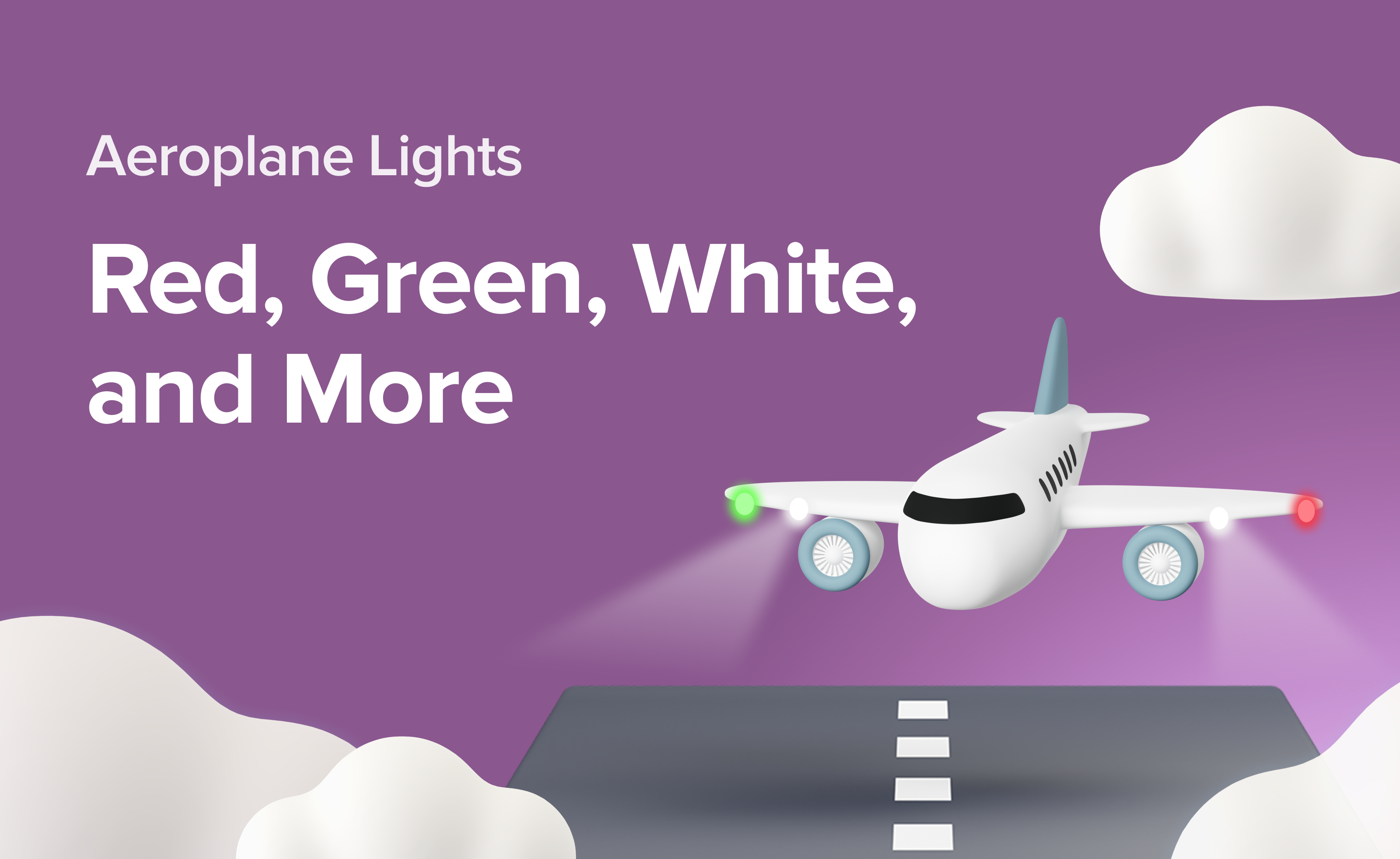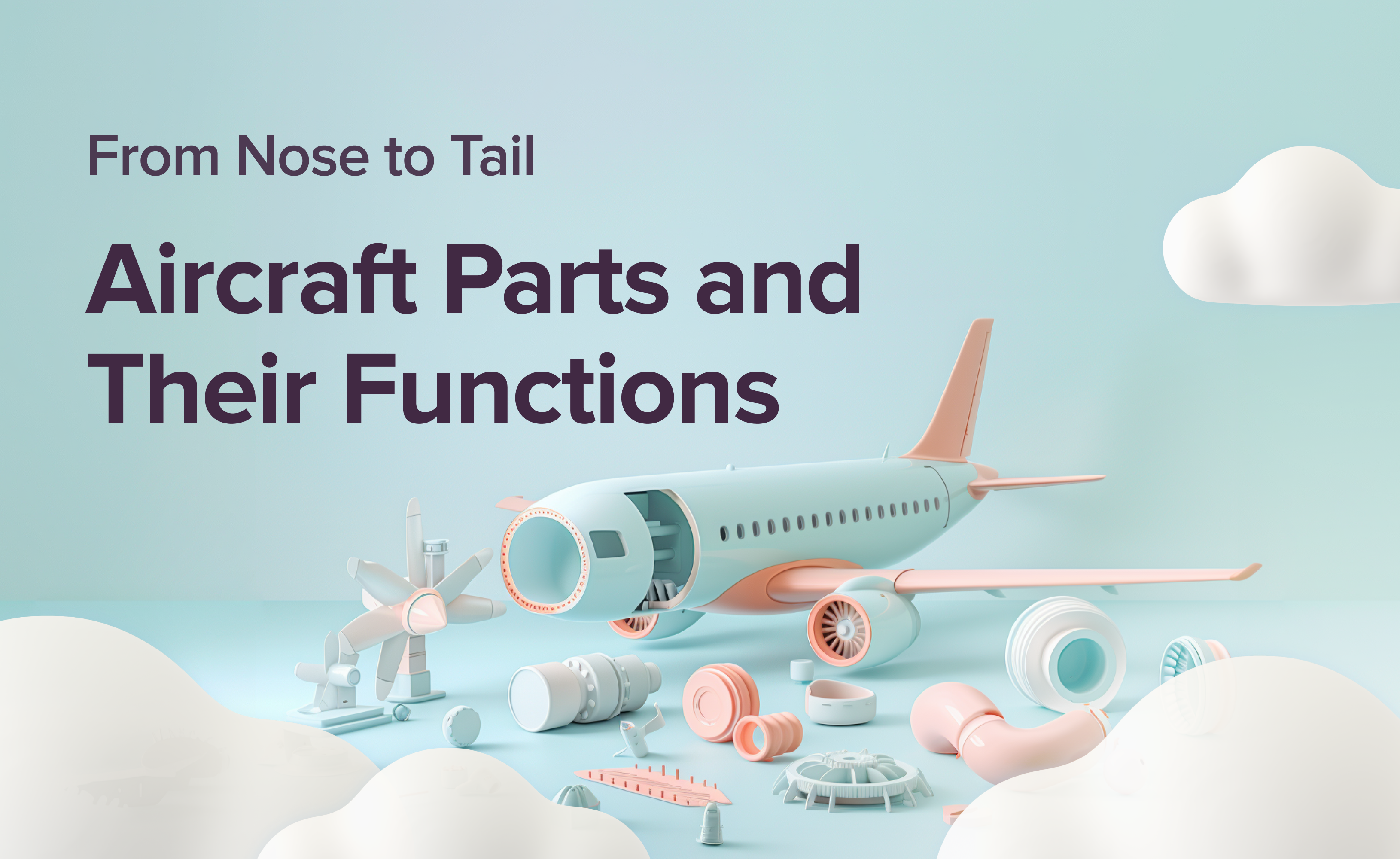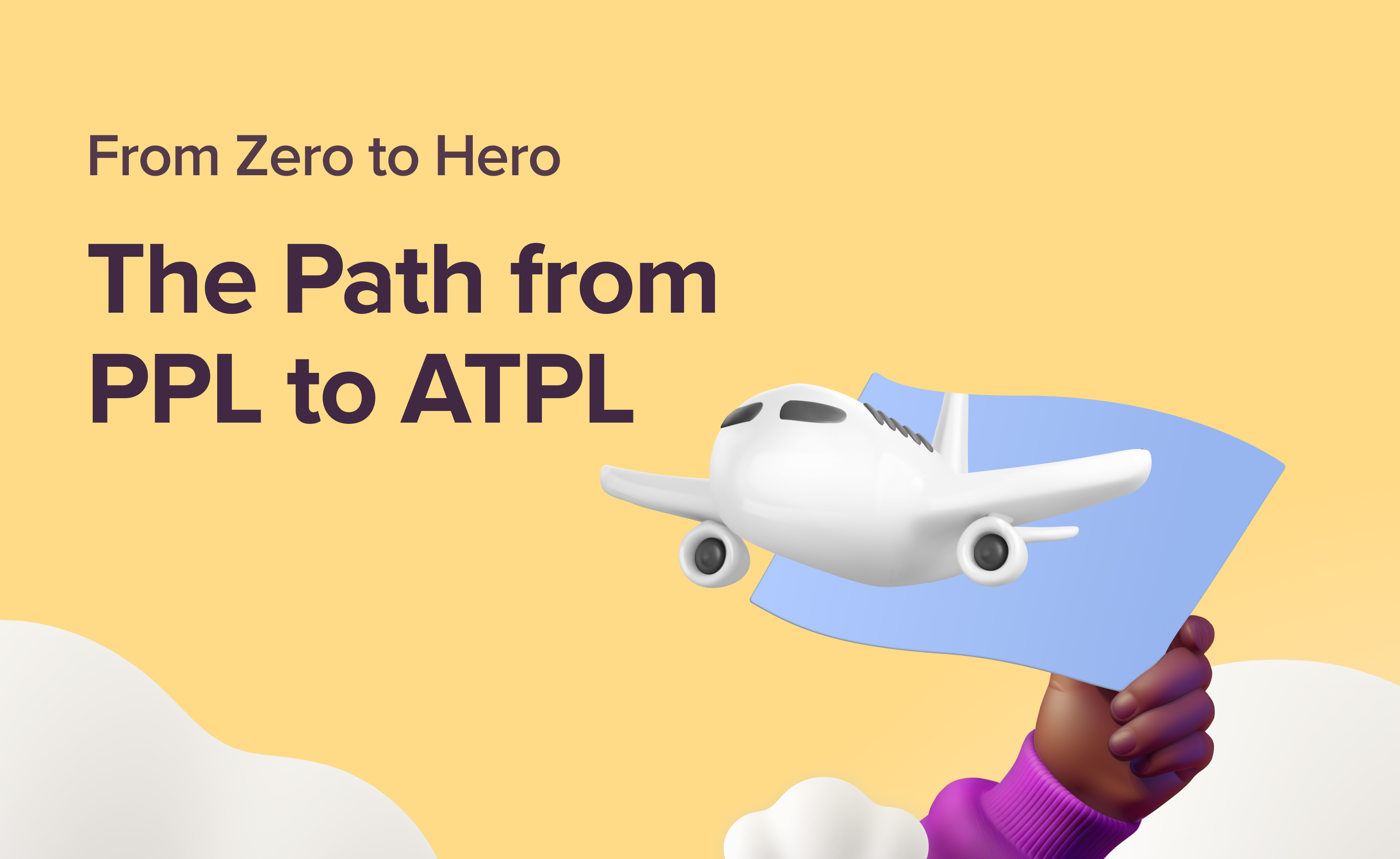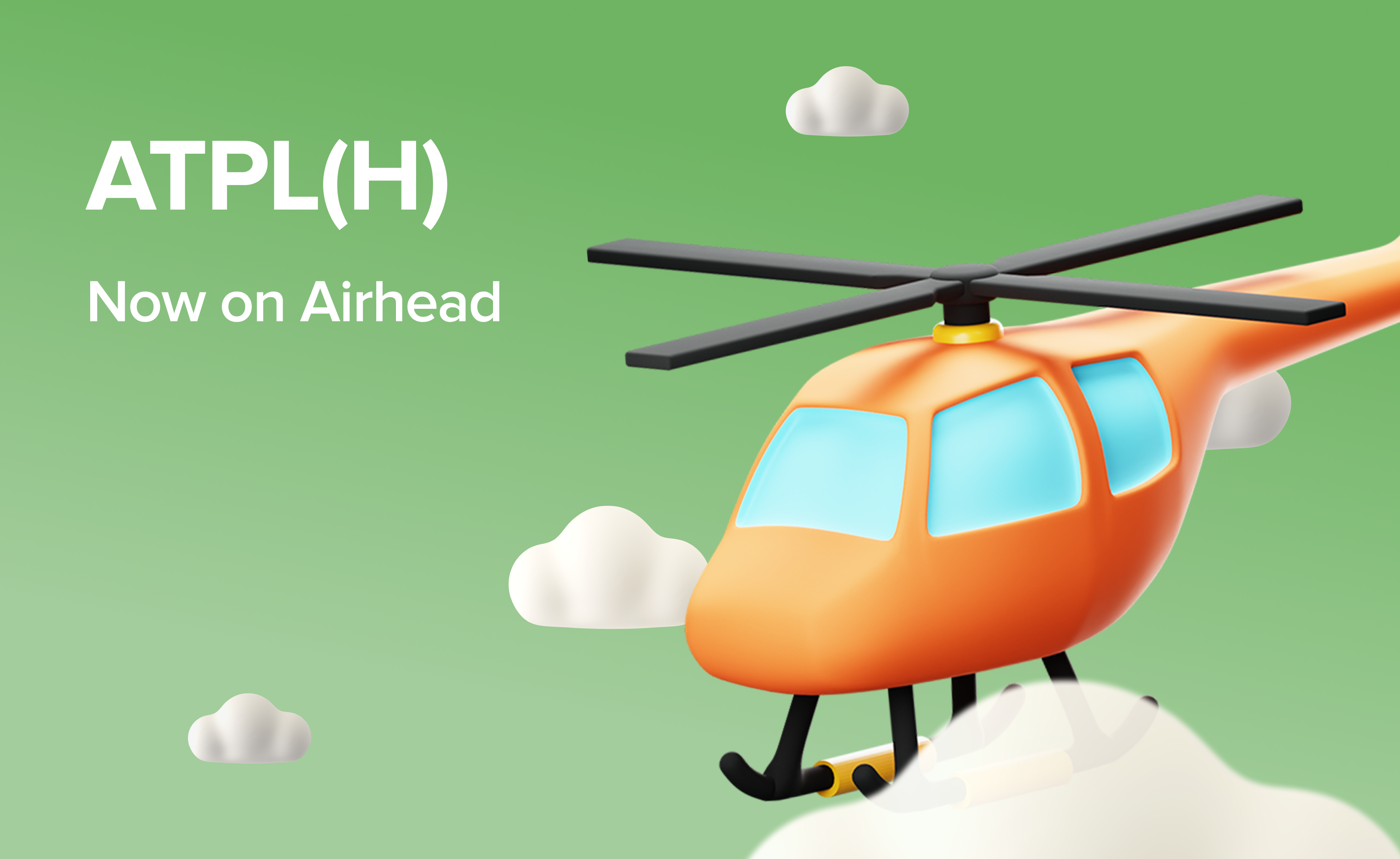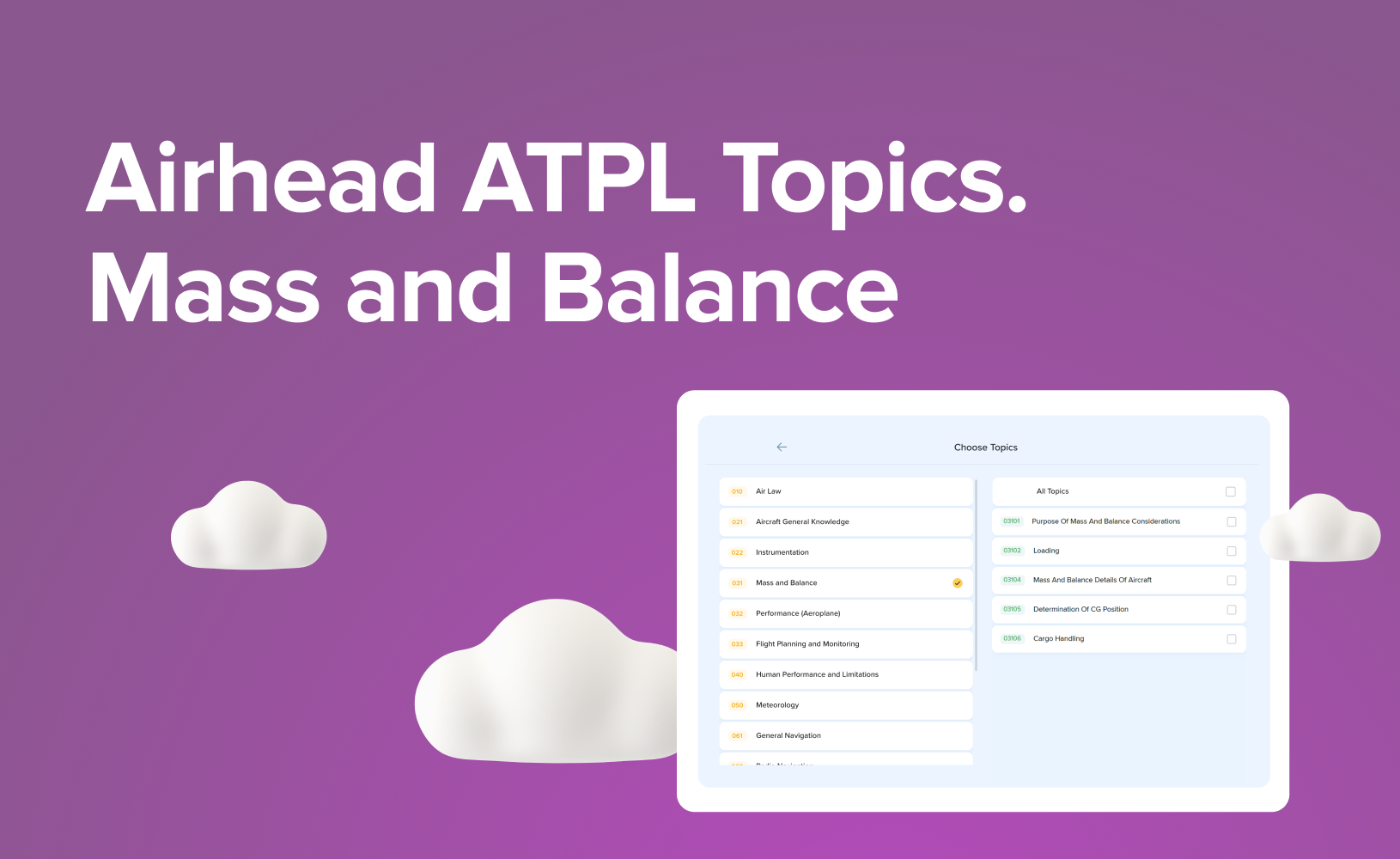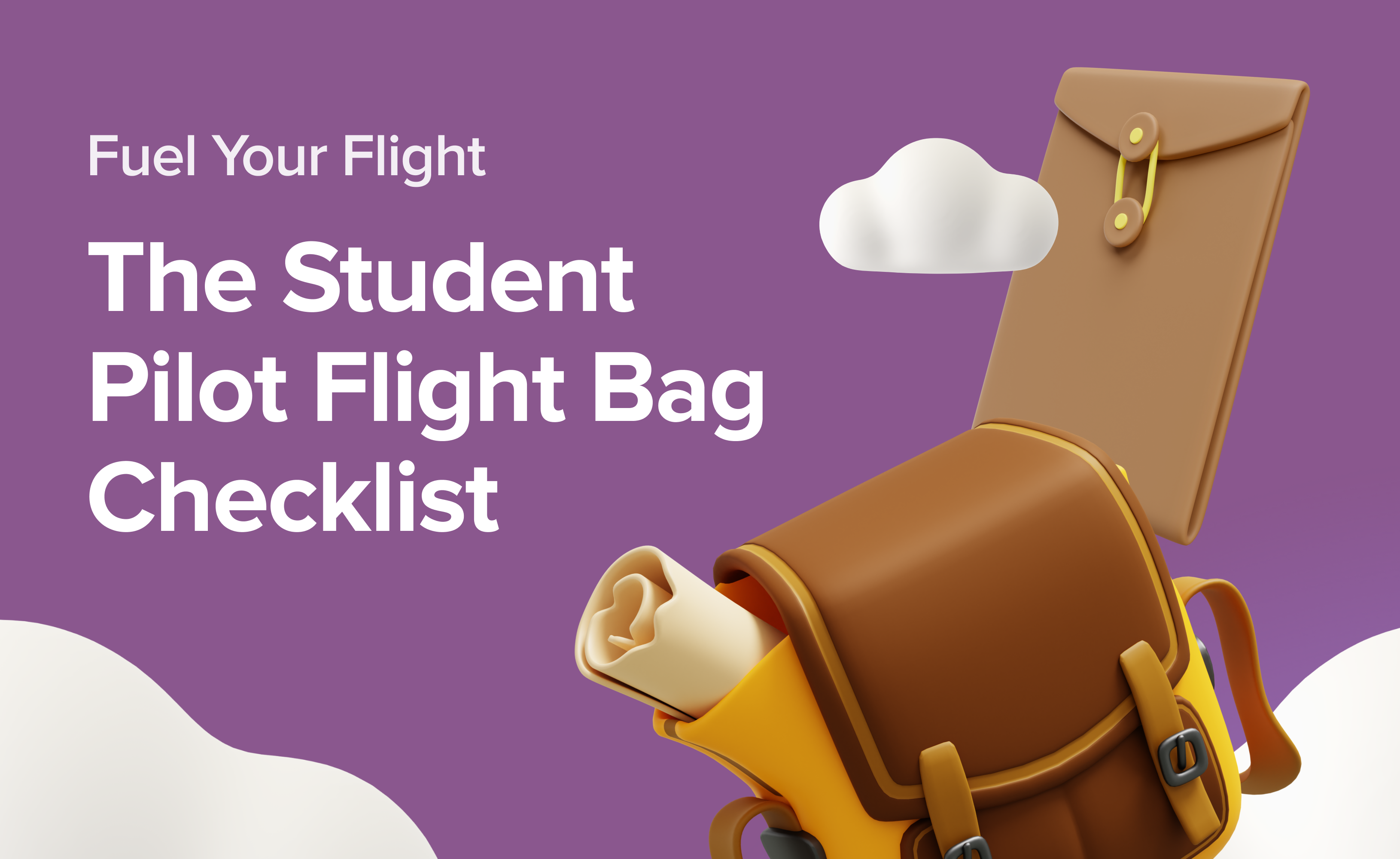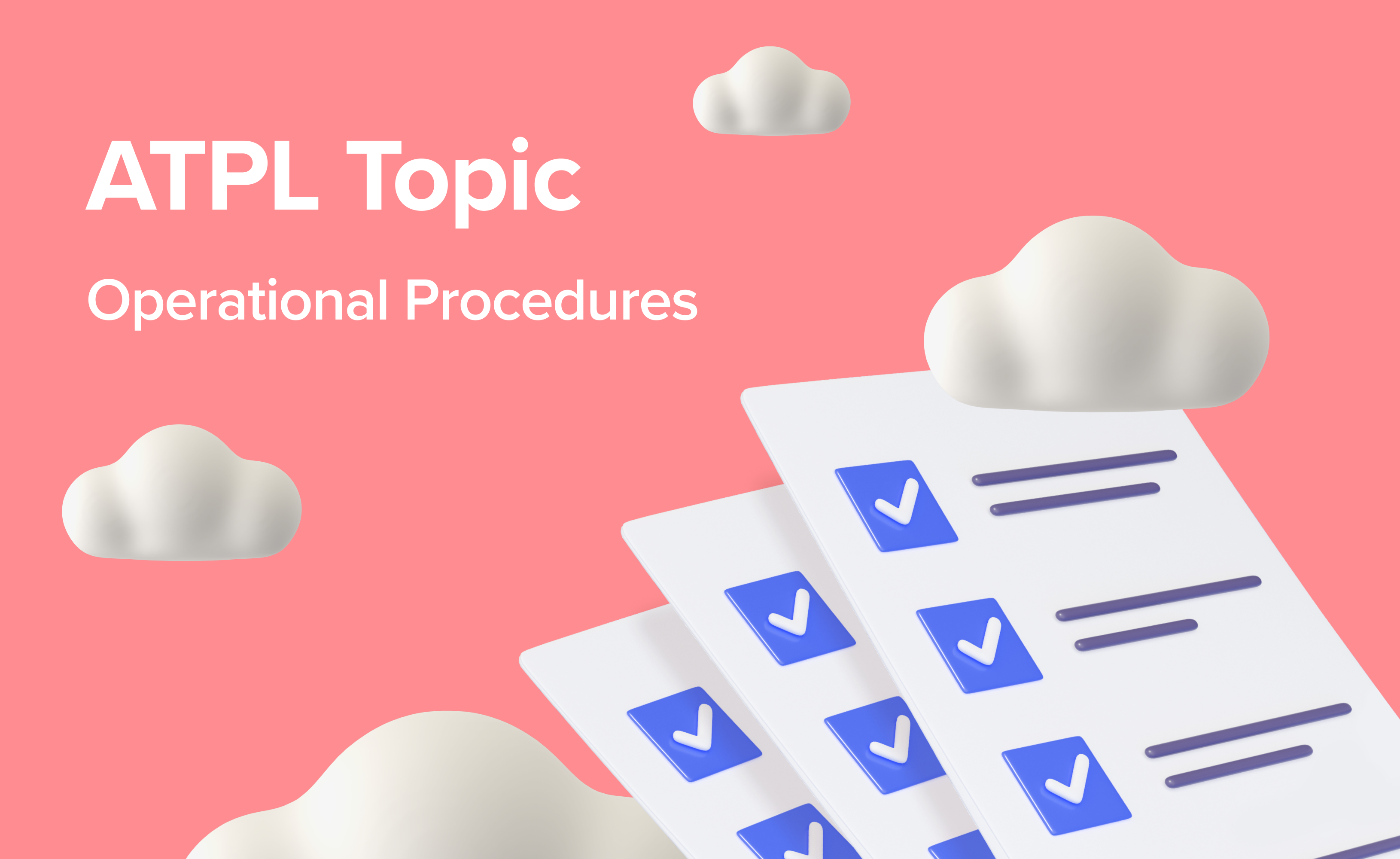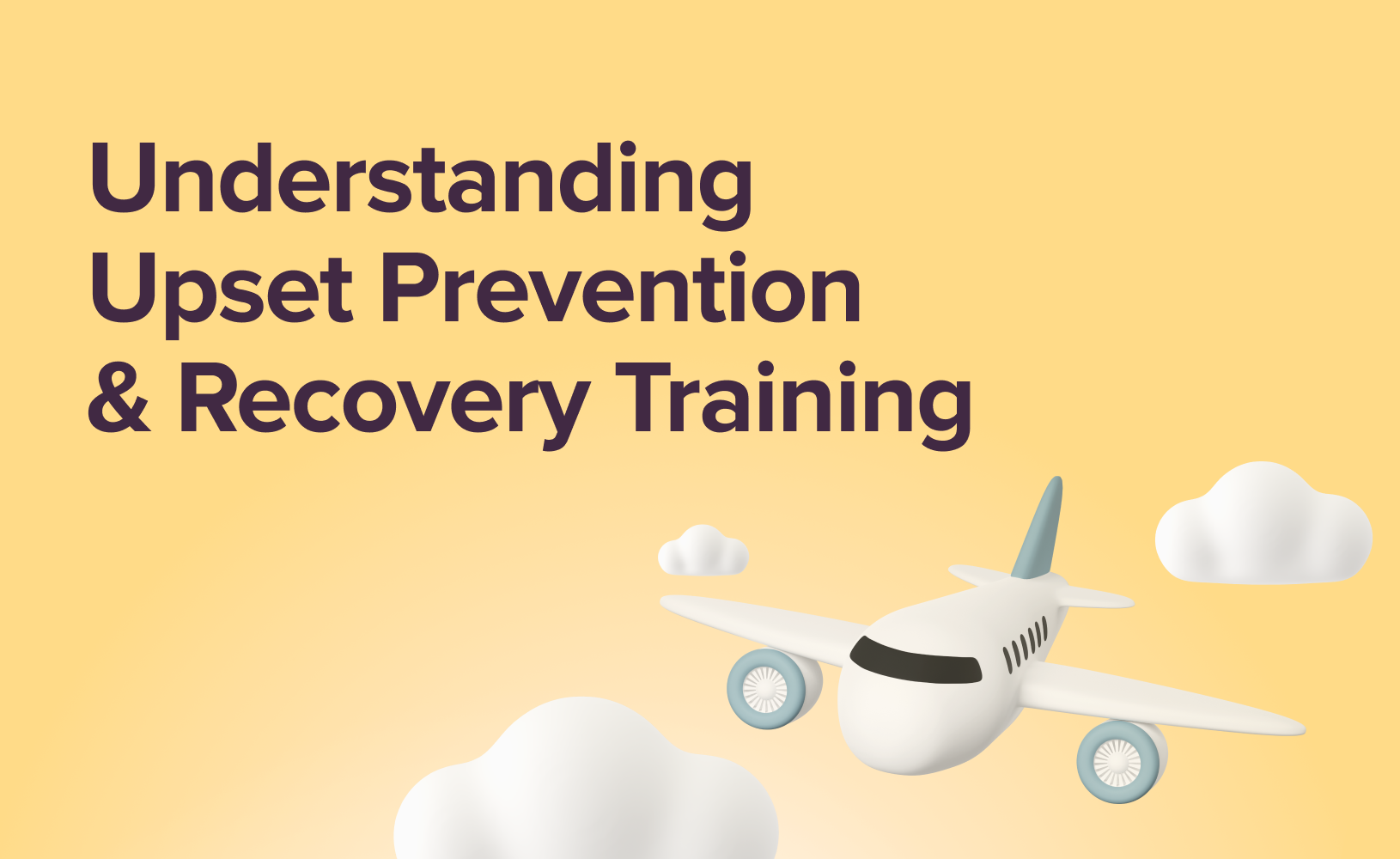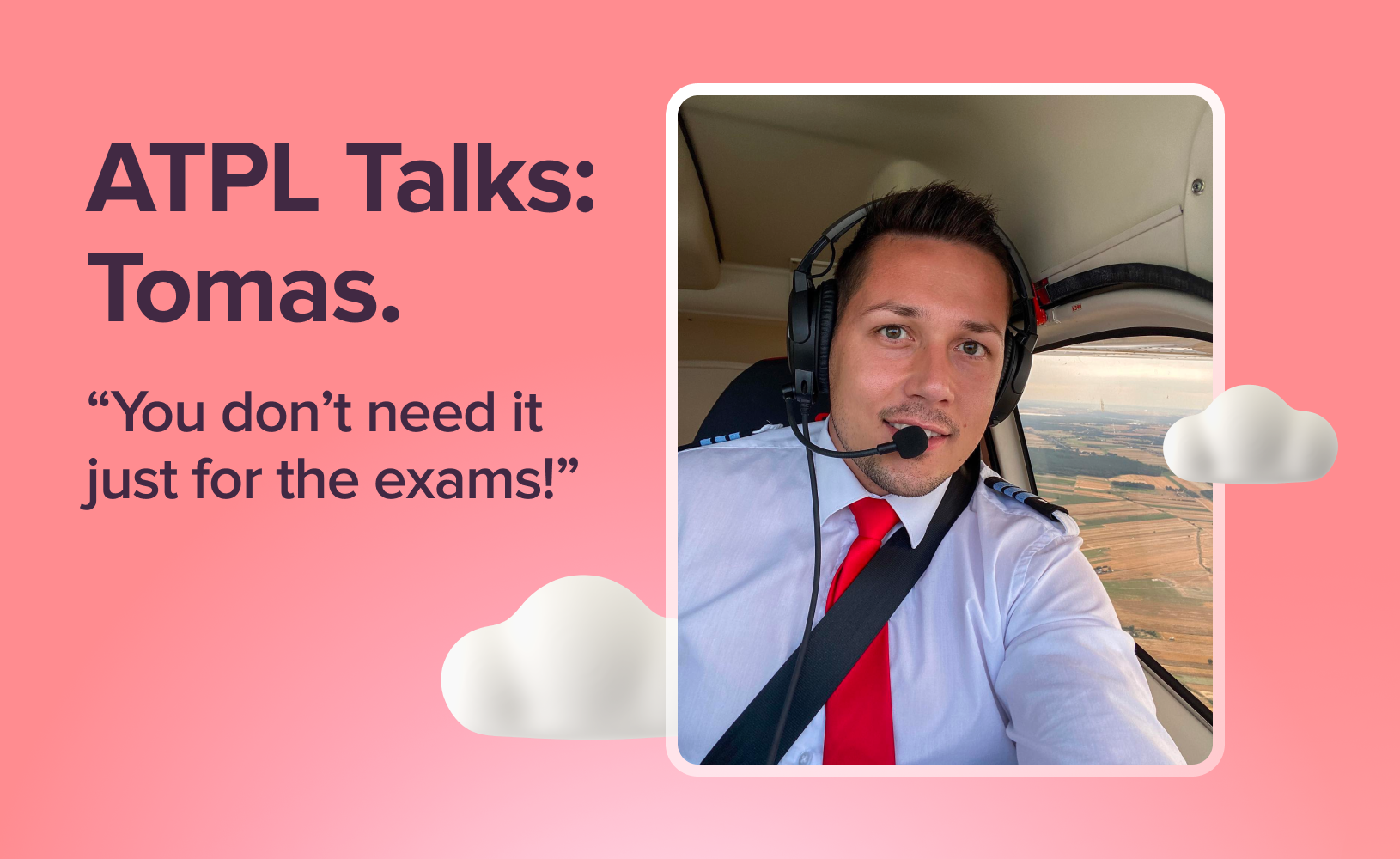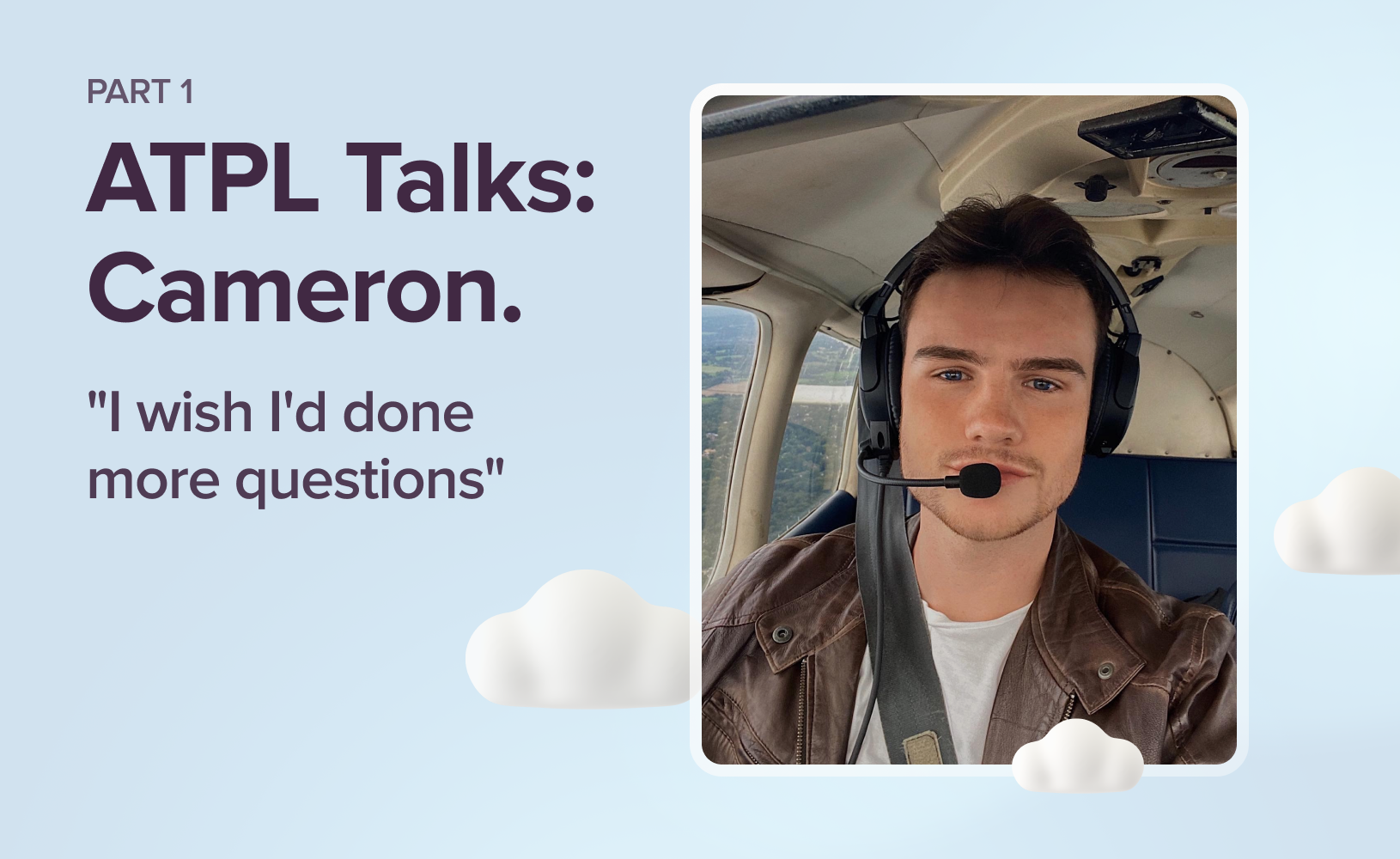ATPL Lessons: Freedoms of the Air
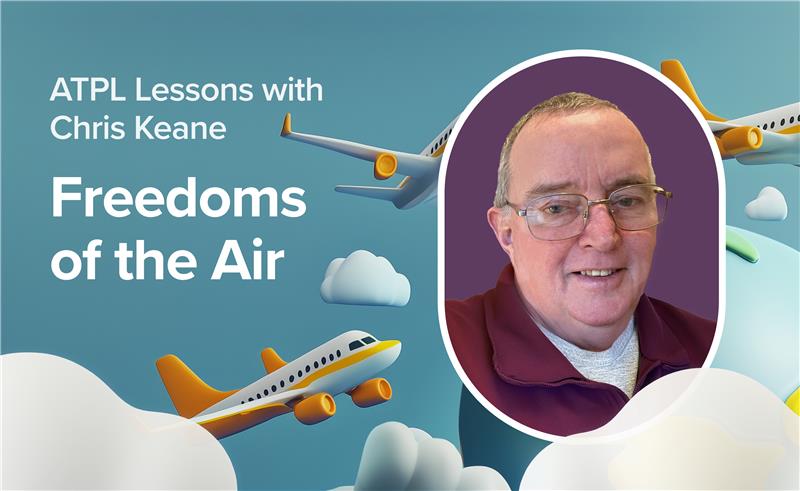
Freedoms of the Air are a cornerstone of Air Law, outlining the rights and privileges granted to airlines by different countries for international operations. Before delving into these crucial freedoms, let's briefly review the Air Law ATPL Exam.
This exam assesses your understanding of the laws and regulations governing global air travel, encompassing airport signage, licensing requirements, and safety protocols. It comprises 44 questions, with a duration of 1 hour. While generally considered easy to medium in difficulty, the sheer volume of material necessitates diligent study.
Explore key subtopics & core concepts of the Air Law Syllabus.
The ATPL Air Law exam primarily focuses on memorisation, and a significant portion of the questions are drawn from a dedicated question bank. Therefore, thorough familiarity with the question bank is paramount for exam success.
Practise Air Law questions with Airhead.
The 'easy to medium' difficulty rating primarily reflects the volume of information to be learned, not the inherent complexity of the subject. Discover which ATPL exams are the most challenging. Read our blog post ranking all 13 subjects to prioritise your study efforts.
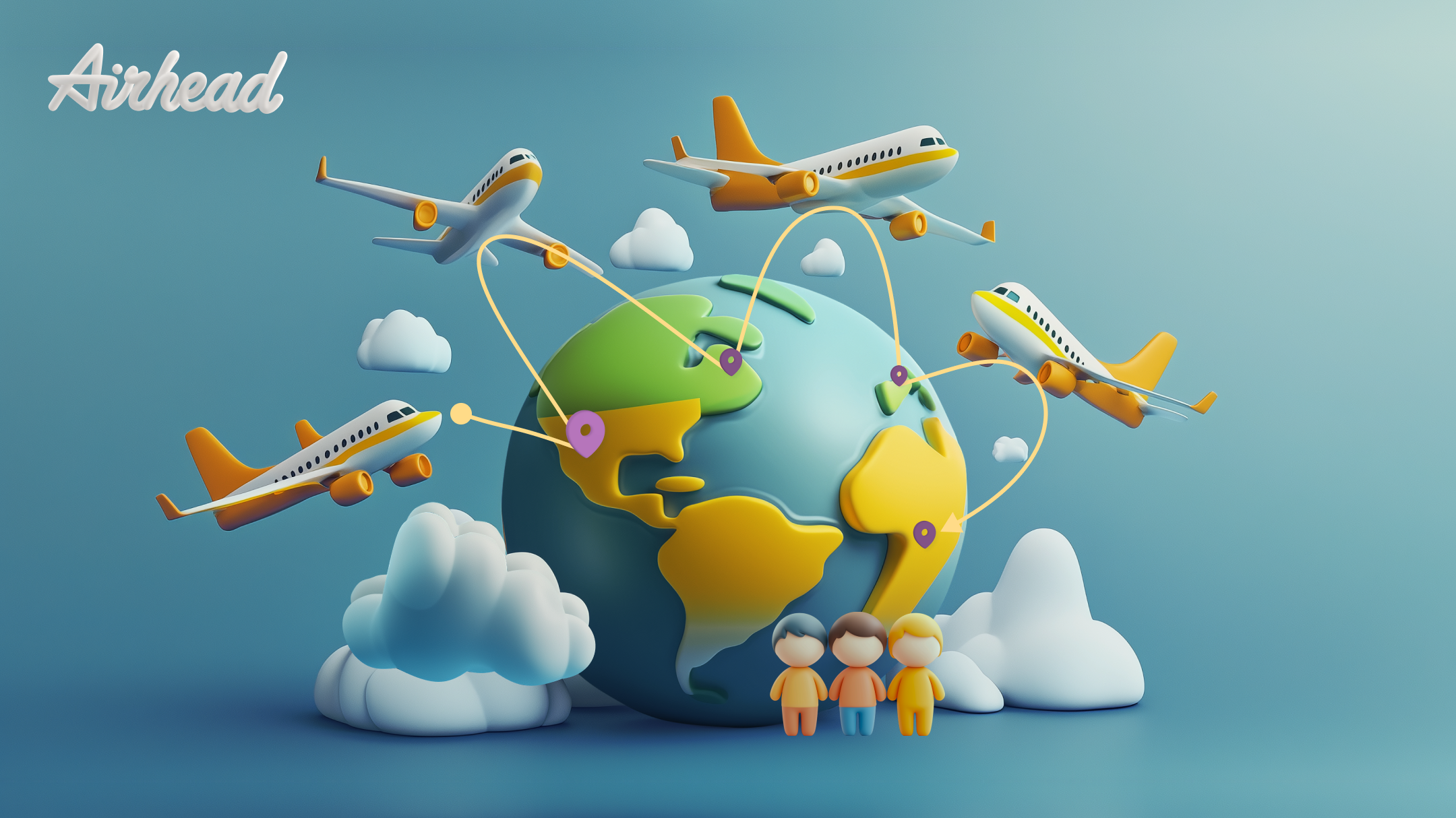
ATPL Lesson with Chris Kaene
In this lesson, we with jump into these key freedoms, guided by the expertise of Chris Keane. Chris Keane, a seasoned helicopter pilot with over 30 years of experience and nearly 8,000 flight hours, brings a wealth of knowledge to this topic. As a former Army Air Corps A2 Qualified Helicopter Instructor and a respected figure in aviation education, Chris has been teaching ground school for over a decade, specialising in various syllabuses.
Chris expertly breaks down the five fundamental freedoms, providing valuable insights for anyone preparing for their ATPL exams. This summary will equip you with a solid understanding of these critical concepts.
Gain a deeper understanding of the atmosphere with Captain Chris Keane. Learn about weather patterns, forecasting, and navigating challenging conditions to excel in your ATPL exams
Why Freedoms of the Air Matter
The Freedoms of the Air are fundamental to the very existence of international aviation. These rights, enshrined in bilateral and multilateral air service agreements, empower airlines to operate efficiently, offering a diverse range of routes to travellers. The freedoms allow airlines to overfly territories, make technical stops, and transport passengers and cargo across borders. Thanks to them, we benefit from optimised flight paths, reduced travel times, and enhanced operational efficiency.
Notably, the fifth freedom fosters competition and provides consumers with greater travel choices. Ultimately, the freedoms of the air play a pivotal role in shaping the global aviation landscape, fostering economic cooperation, and strengthening international relations.
There are five fundamental freedoms and four less universal ones. These freedoms were established in 1944 when the ICAO was formed. We'll have a look at them one at a time, shall we?
The First Freedom
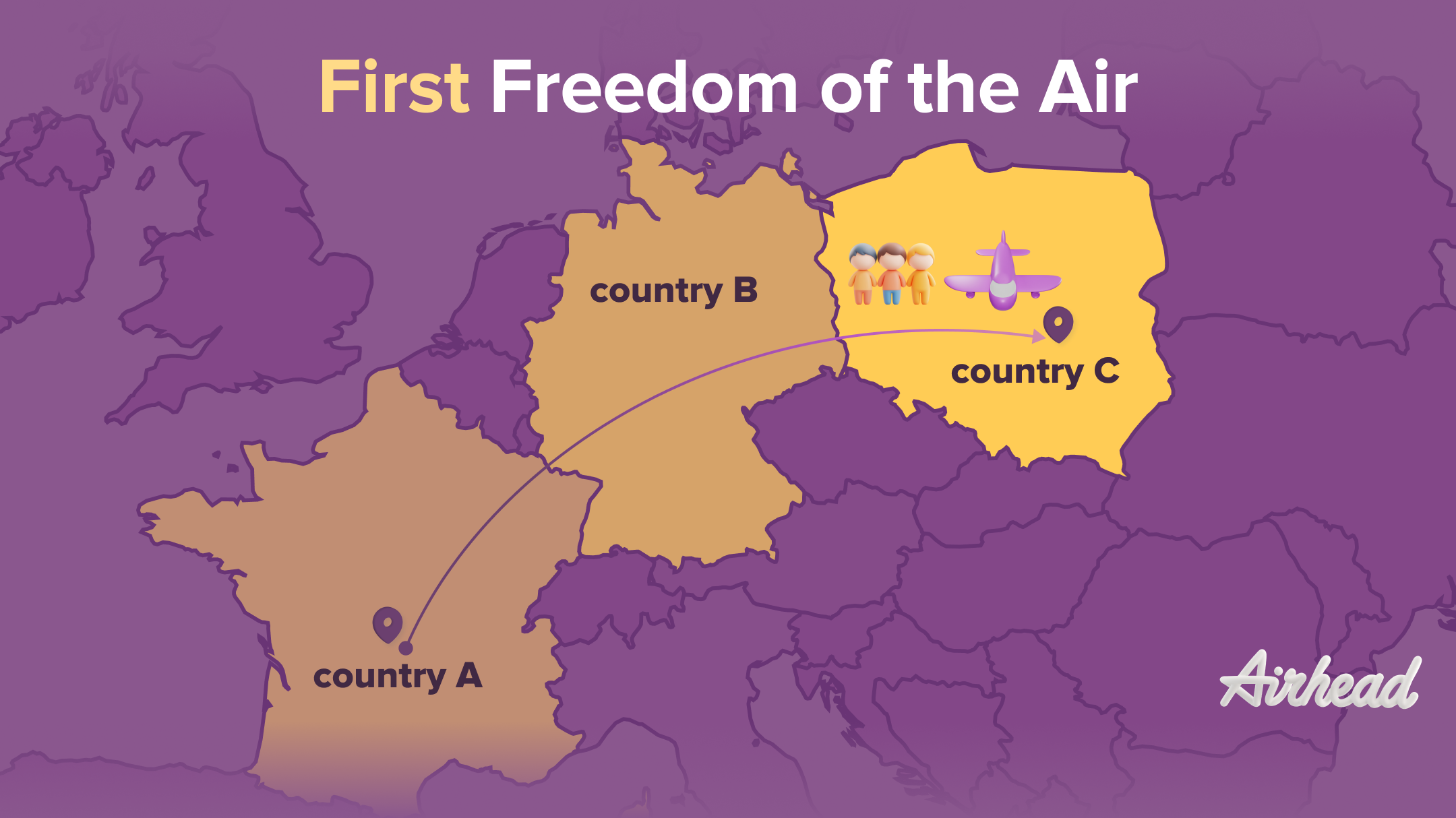
The first one, the first freedom of the air, is the right to overflight. I take-off from Country A, and I overfly Country B on route to Country C with passengers on board. Now, Country B permits that, although they can charge for it because one of the rights enshrined in the ICAO is that every country has sovereignty over the airspace above its territory. So a country owns its airspace, so they grant you the freedom to overfly.
The Second Freedom
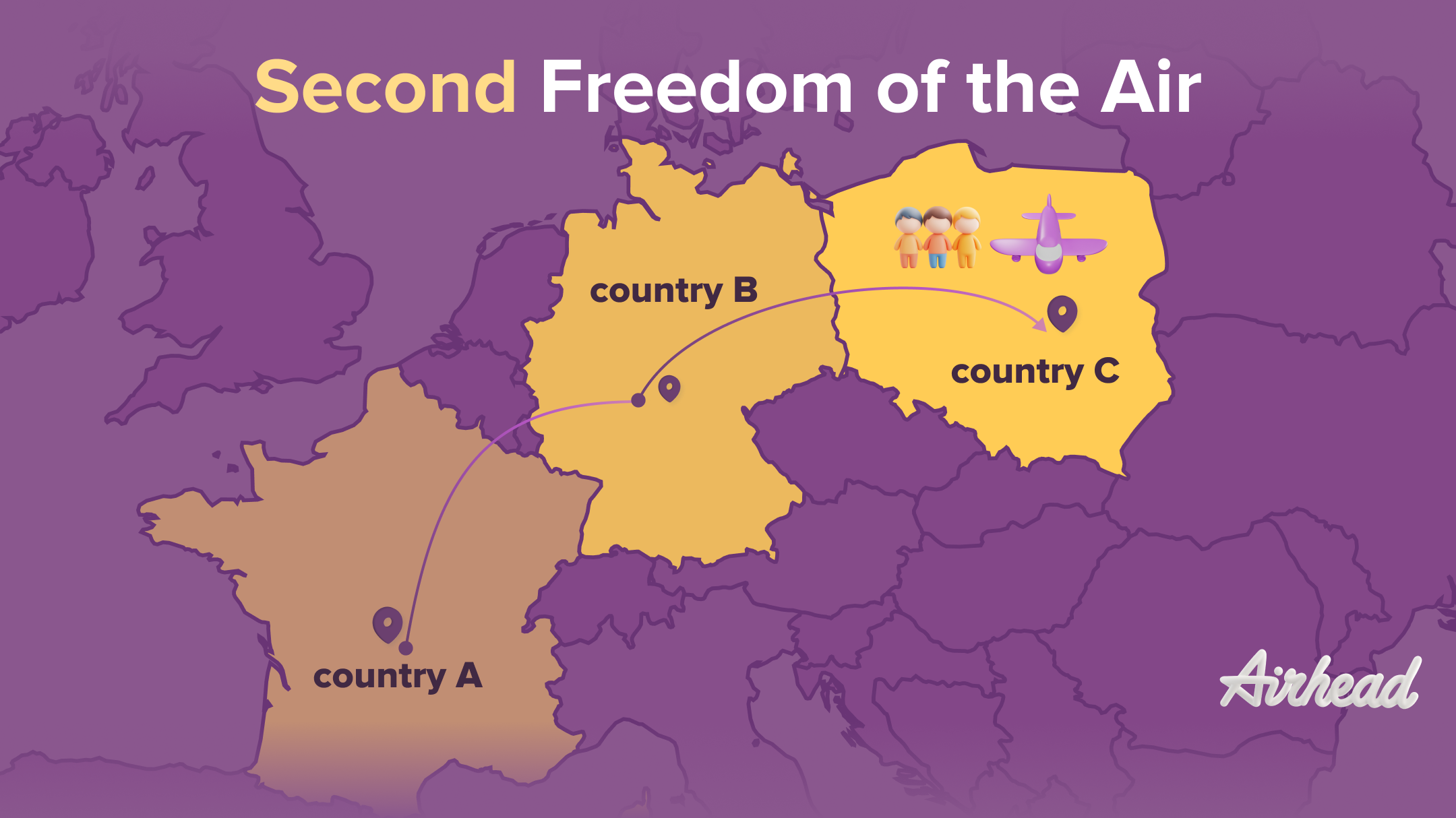
The second one is Country B allowing you to land in their country for non-traffic purposes. For example, A to B, land to refuel or maintenance, and then carry on to Country C. Now that doesn't give you any rights to transport people or cargo between those countries.
Nowadays, it's less common than it used to be because we have the legs to do the Atlantic long, long flights without needing to stop for technical reasons. So a lot more non-stop flights now. Those are the first two transit rights that the Chicago Convention established, and they are known as the International Air Services Transit Agreement. There are 129 countries globally that have signed up to that, that's nearly everybody, but there are a few exceptions. The European Union, for example, they have a blacklist of airlines, banning certain carriers from operating in EU space over safety concerns. If they're not happy with the country's maintenance record, they can just say no, you can't overfly, and they can charge, as I've said earlier, for overflying your territory.
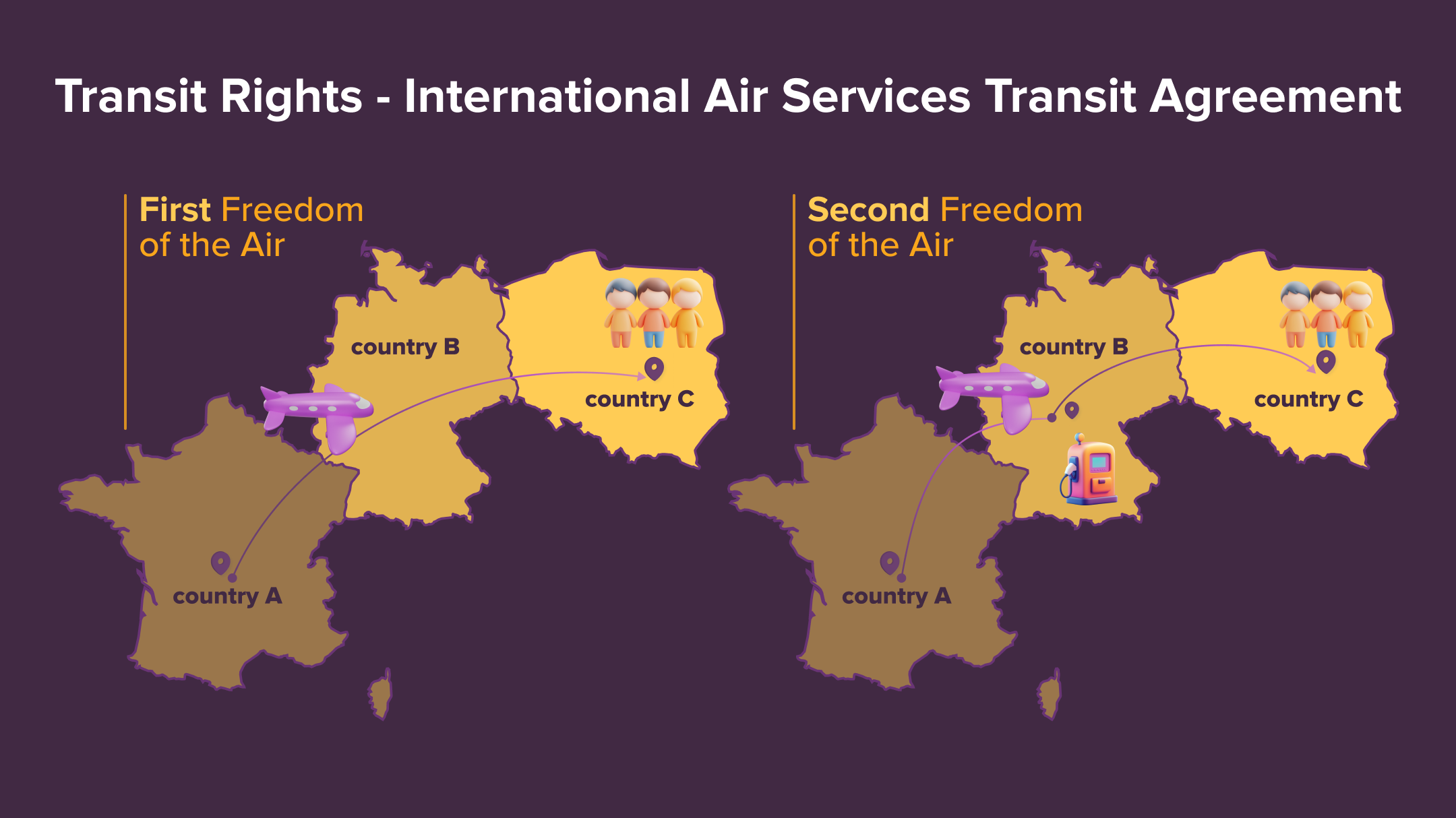
According to ICAO, the first two freedoms of the air are considered 'transit rights' as they primarily involve the right to overfly a country's airspace (typically with associated charges). Conversely, 'traffic rights' encompass the more significant privileges that involve landing in another country and potentially embarking or disembarking passengers and cargo.
The Third Freedom
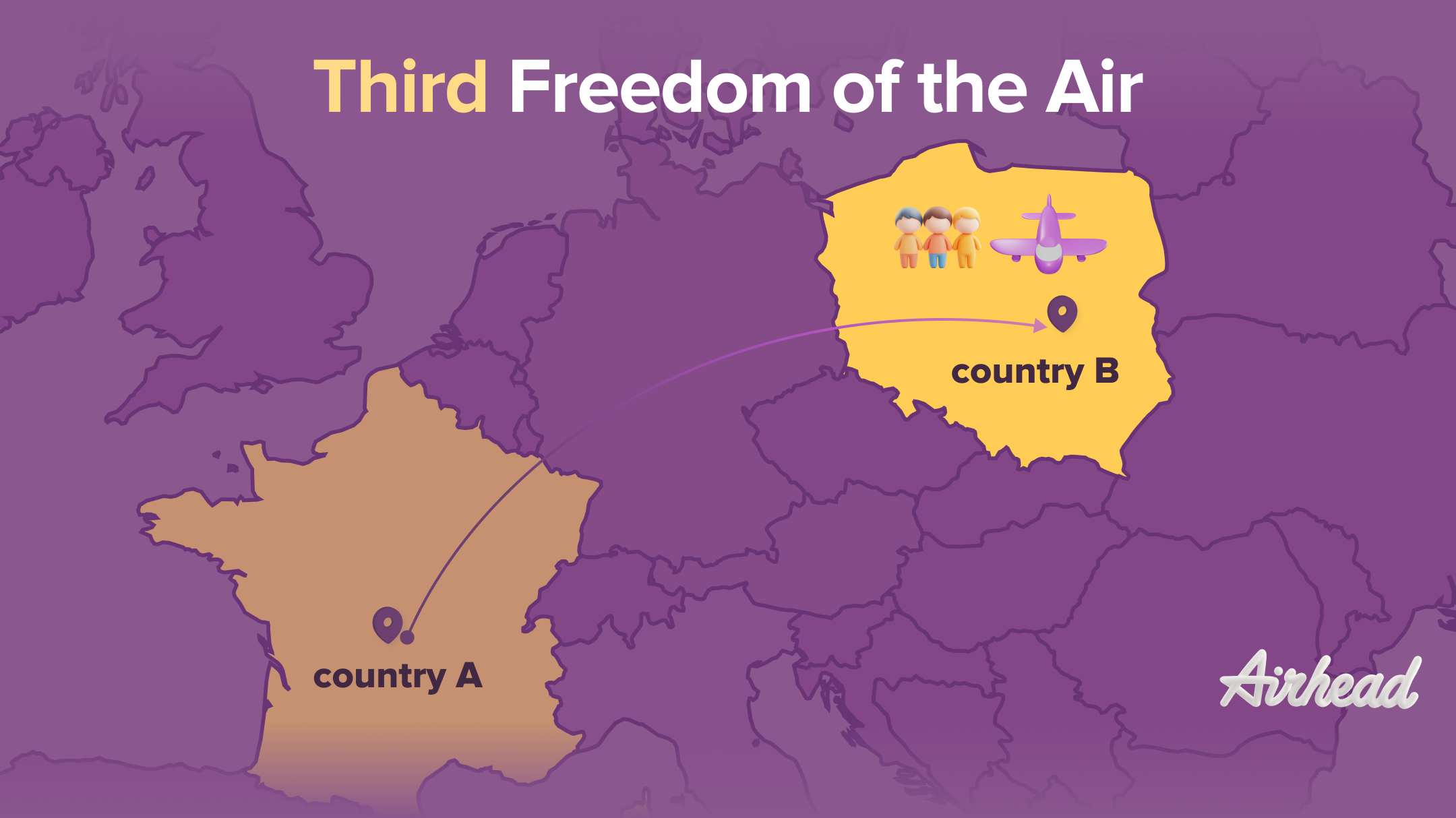
The third freedom of the air is the privilege to transport commercial traffic from one country to another. So Country A is granted the right to carry passengers and goods from their own country into Country B, and Country B then allows them to unload there.
The Fourth Freedom
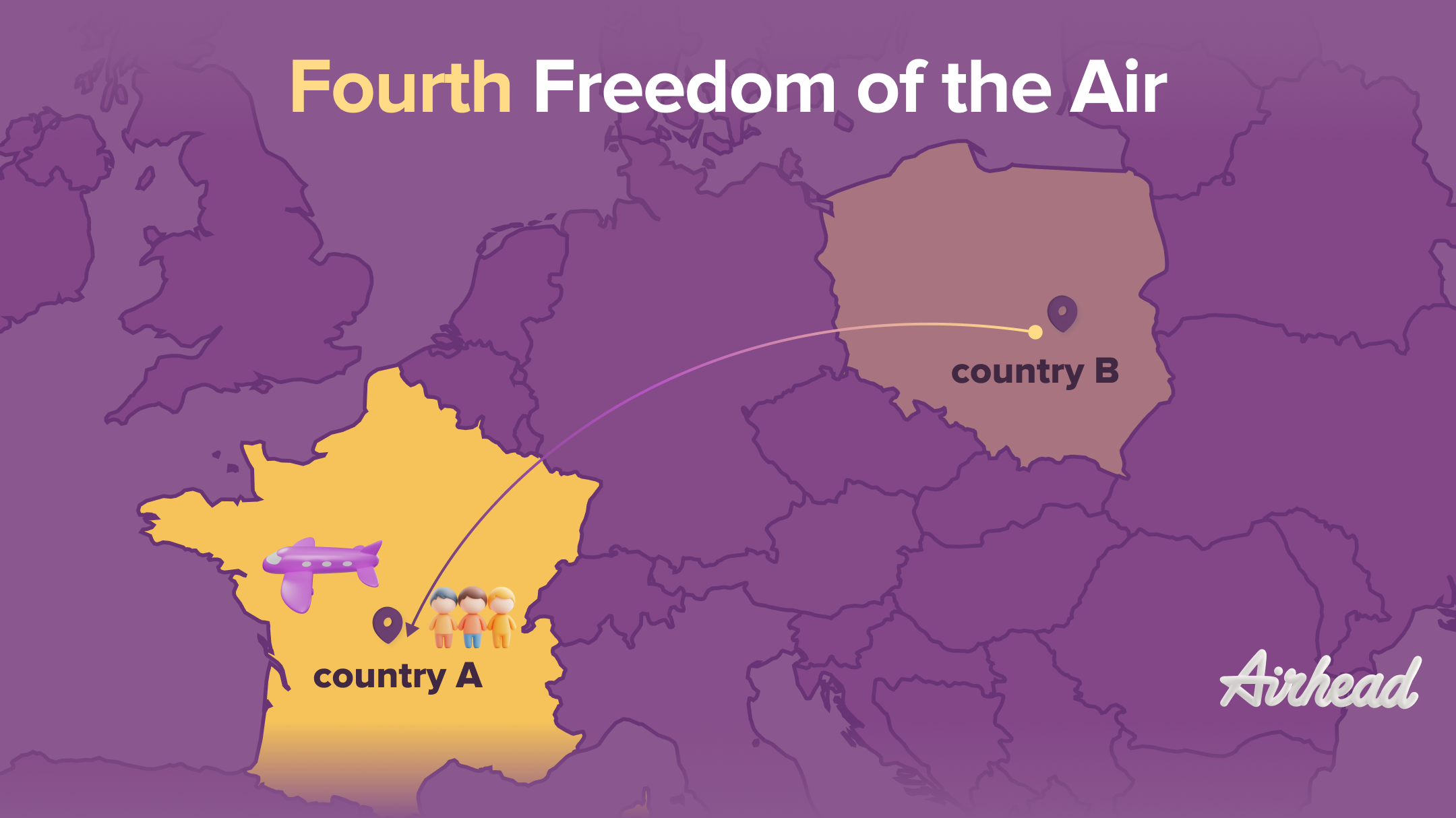
The fourth freedom is the opposite, that's bringing people or goods from Country B back to your country.
The Fifth Freedom
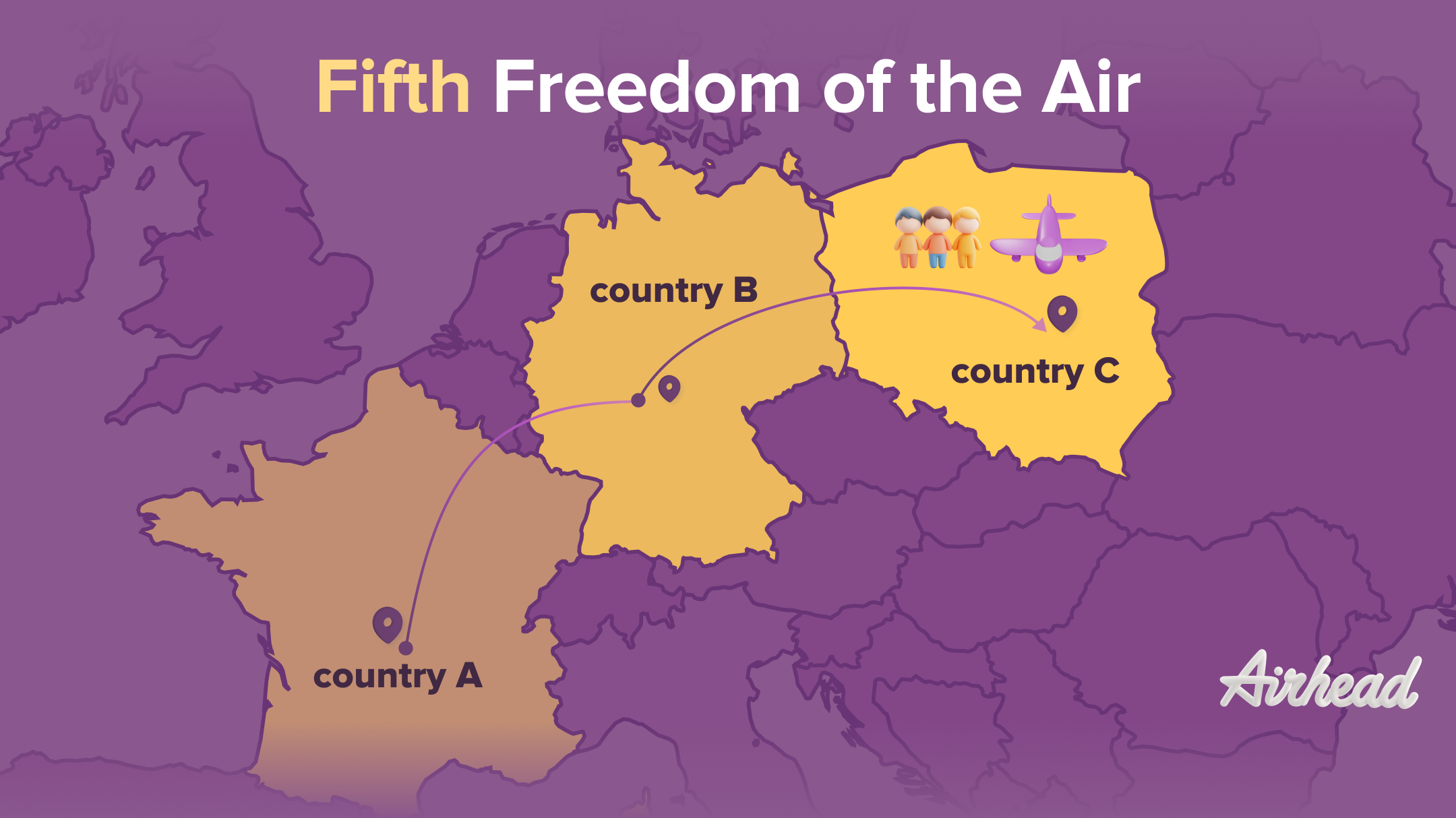
The fifth freedom is the right between, foreign countries originating or ending in one's own country. So I might take-off from A, land in B, drop off passengers and freight, pick up more passengers and freight, and carry on to Country C.
Might sound like an everyday occurrence, and sure it is, but in international law, it takes quite a lot to do that. It also means that you can sell tickets to transport passengers between any combination of those countries, so from B to C.
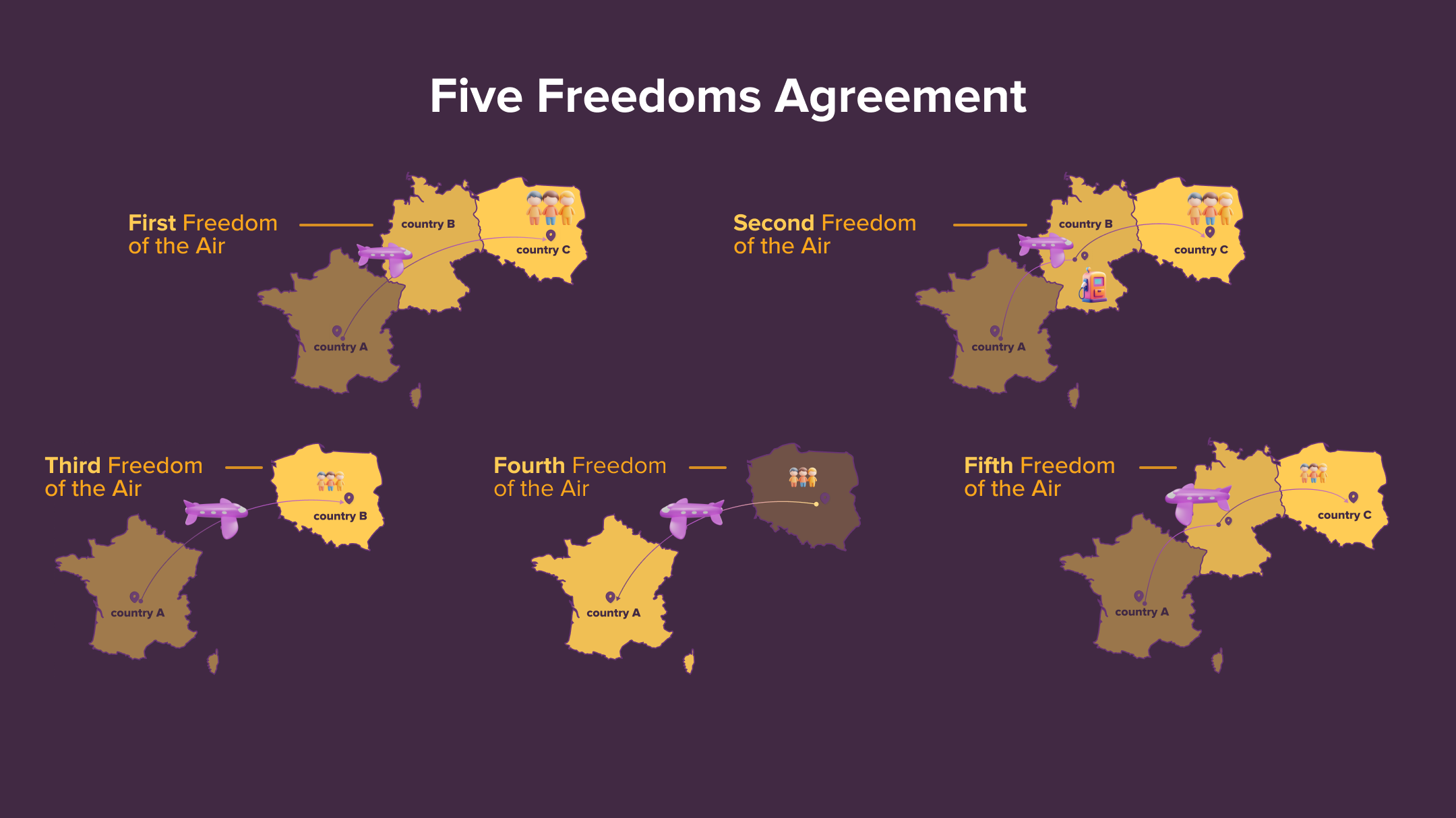
Those are the Five Freedoms that are officially recognised by ICAO because they form part of the international agreement, the so-called Five Freedoms Agreement.
Special Freedoms
But there are still some others that are granted to some airlines by some countries. They're referred to the so-called freedoms because they're not genuinely freedoms.
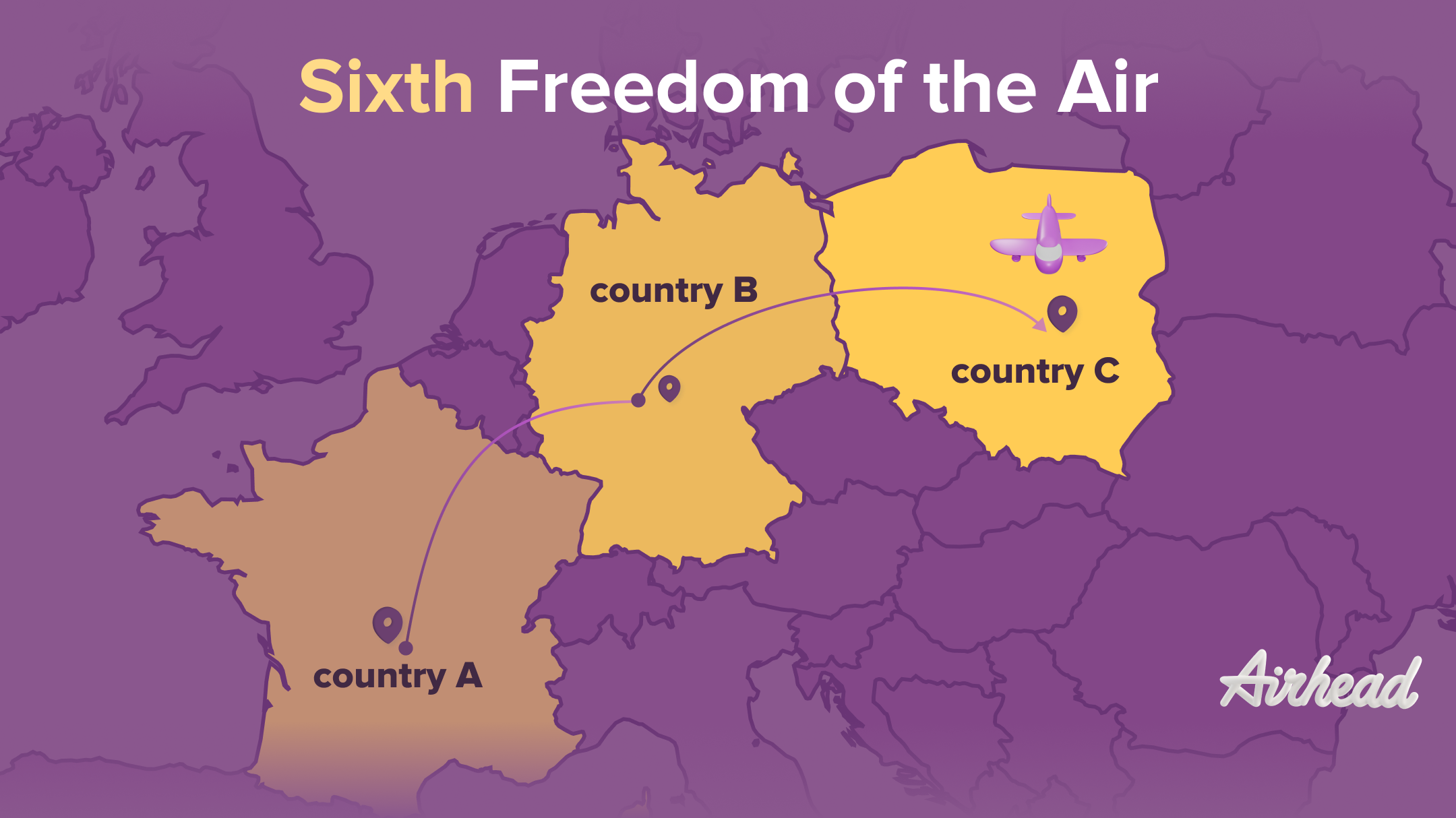
The sixth freedom is the right to fly from one foreign country to another, stopping in one's own country for non-technical reasons. So I could fly from B to operate from Country A to Country C, I stopped over in my own country. So that's the modified sixth freedom, which is almost the same, but it could be from an airline flying from Country A to another part of Country A via Country B, so they stop in their home country again.
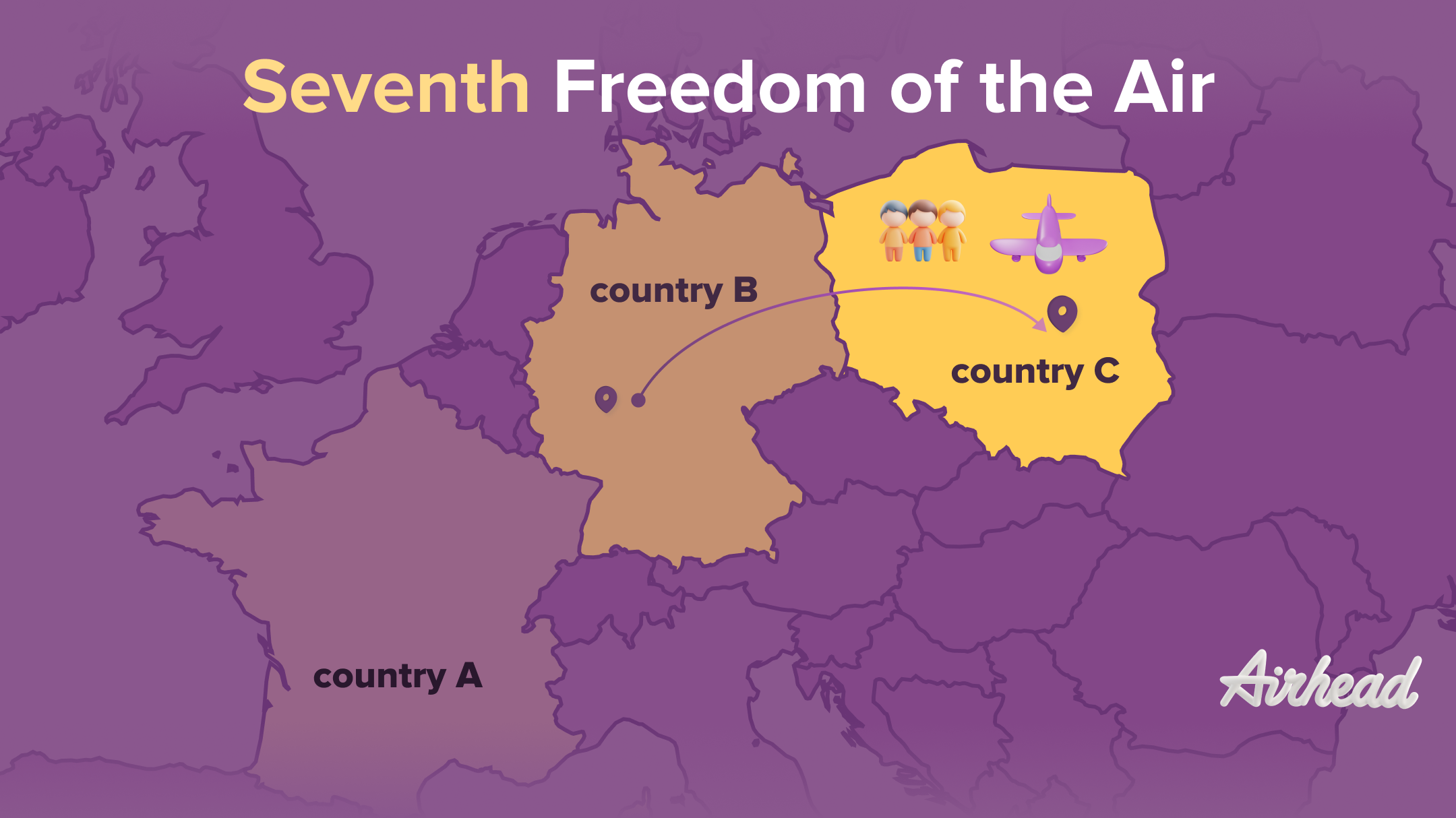
The seventh freedom is flying between two foreign countries. So an airline from Country A, granted that right, is allowed to pick up passengers in Country B, take them to Country C, drop them off, and bring people back.
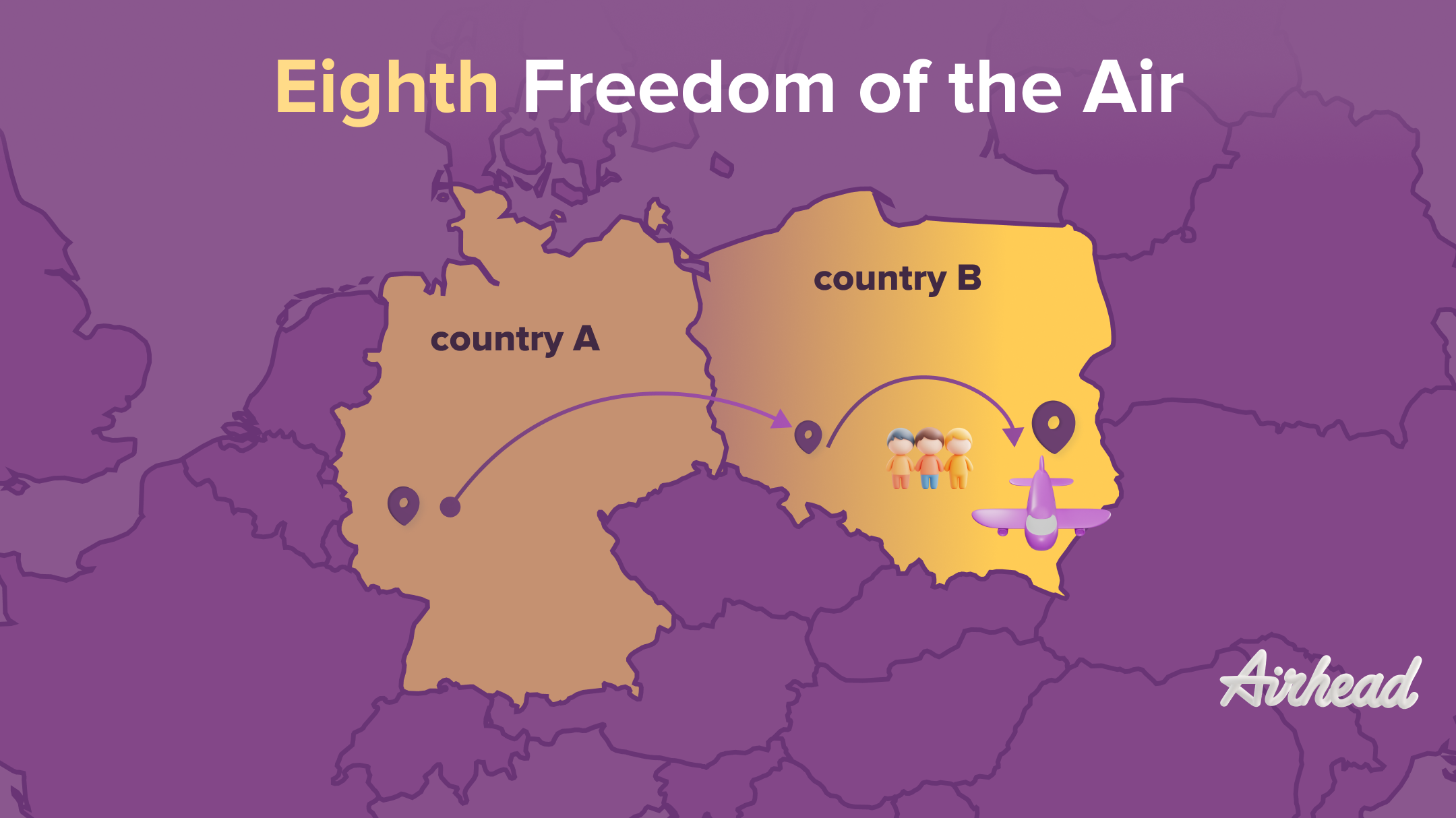
The eighth freedom is the right to fly inside a foreign country. So a big country, for example, takes-off in Country A, lands on the west coast of Country B, continues across there to the east coast of Country B, and still picks up passengers and cargo as you go. It's all about flexibility and granting the privilege to transport people and goods from one place to another between two foreign airports. It's also known as consecutive cabotage, um, it's a legal term, but there we are.
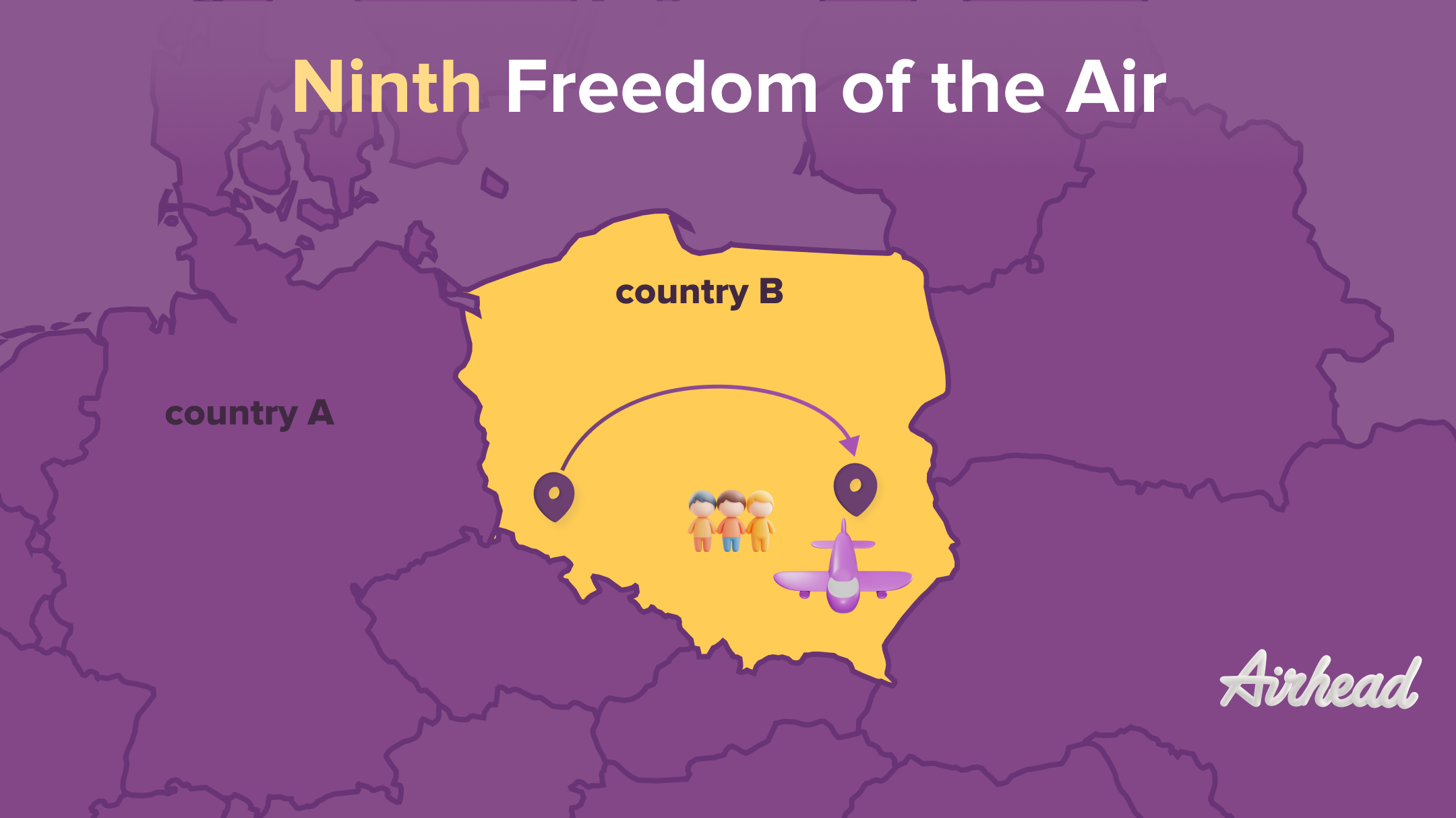
The ninth freedom is the right to fly commercially selected flights to a foreign country. So from Country A, you could operate domestically between two points in Country B. Now that is standalone cabotage, which is very different.
Some of those freedoms are fairly universal, um like the first five, the second is quite rare and only granted in single aviation markets. EU is a good example. Ryanair, easyJet, people who use those freedoms regularly within the European Union. Not as complicated as it sounds.
Summary of Freedoms of the Air
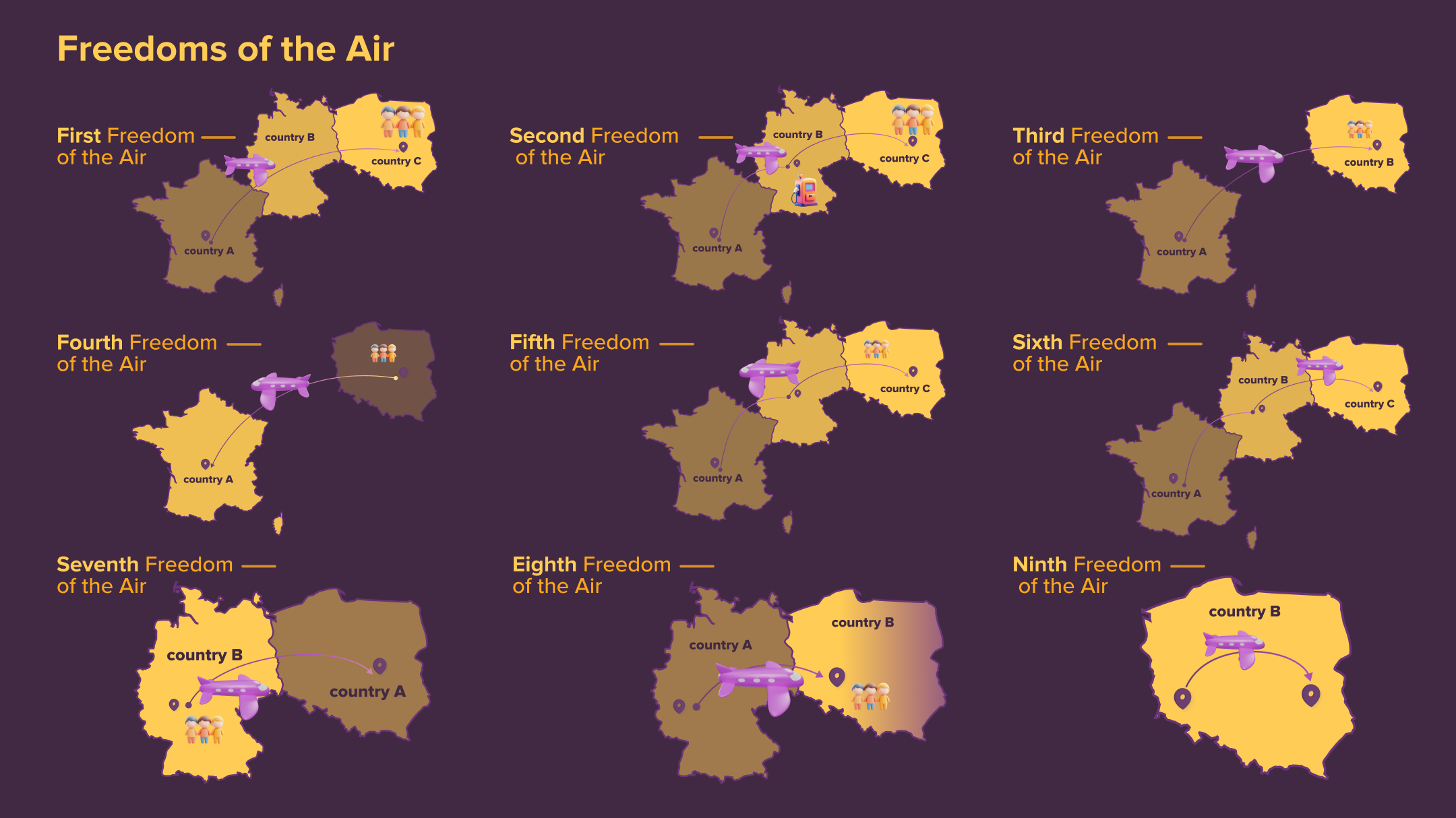
It's crucial to remember that these are idealized rules, and their practical application can be significantly impacted by real-world events and political realities.
1. First Freedom: The right to fly over a foreign country without landing. This freedom allows airlines to fly through the airspace of other countries without stopping.
2. Second Freedom – The right to make a technical stop in a foreign country for non-traffic purposes, such as refuelling or maintenance, without picking up or discharging passengers or cargo.
3. Third Freedom: The right to carry passengers or cargo from one’s own country to a foreign country. This freedom enables airlines to operate outbound flights from their home country to another nation.
4. Fourth Freedom: The right to carry passengers or cargo from a foreign country back to one’s own country.
5. Fifth Freedom: The right granted by one State to another State to put down and to take on, in the territory of the first State, traffic coming from or destined for a third State
6. Sixth Freedom: The right to carry passengers or cargo between two foreign countries via one’s own country without a change of aircraft. This freedom facilitates connecting flights between two foreign destinations through the airline’s home country.
7. Seventh Freedom: The right to carry passengers or cargo solely between two foreign countries without any connection to the airline’s home country. This freedom allows airlines to operate direct services between two foreign nations.
8. Eighth Freedom: The right to carry passengers or cargo from one point in a country to another point within the same country on a flight that originates in the airline’s home country. Known as consecutive cabotage.
9. Ninth Freedom: The right of transporting cabotage traffic of the granting State on a service performed entirely within the territory of the granting State. This freedom is typically limited or not granted in many bilateral agreements. Also known as standalone cabotage.
Watch the video version of the ATPL Lesson with Chris Keane


